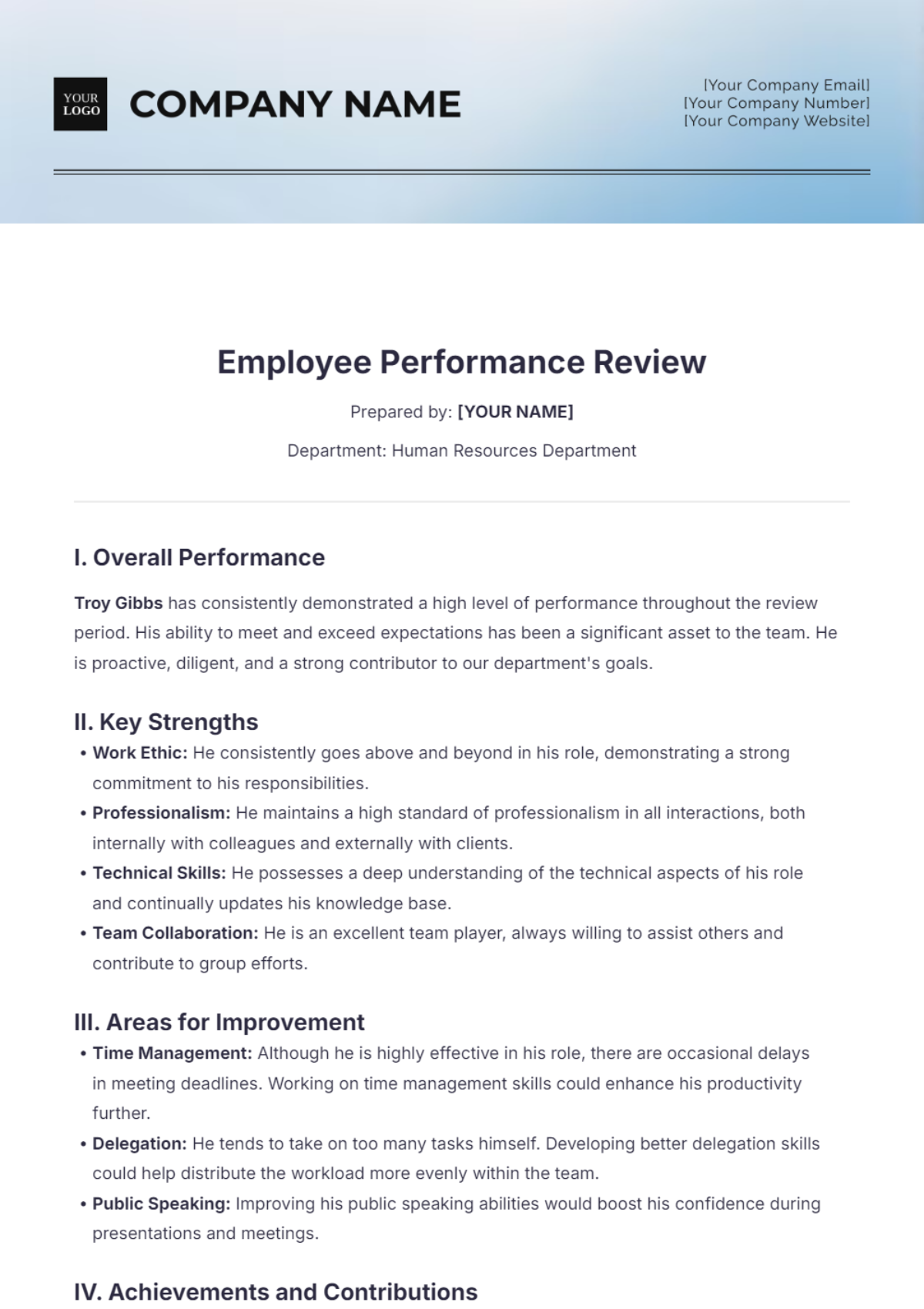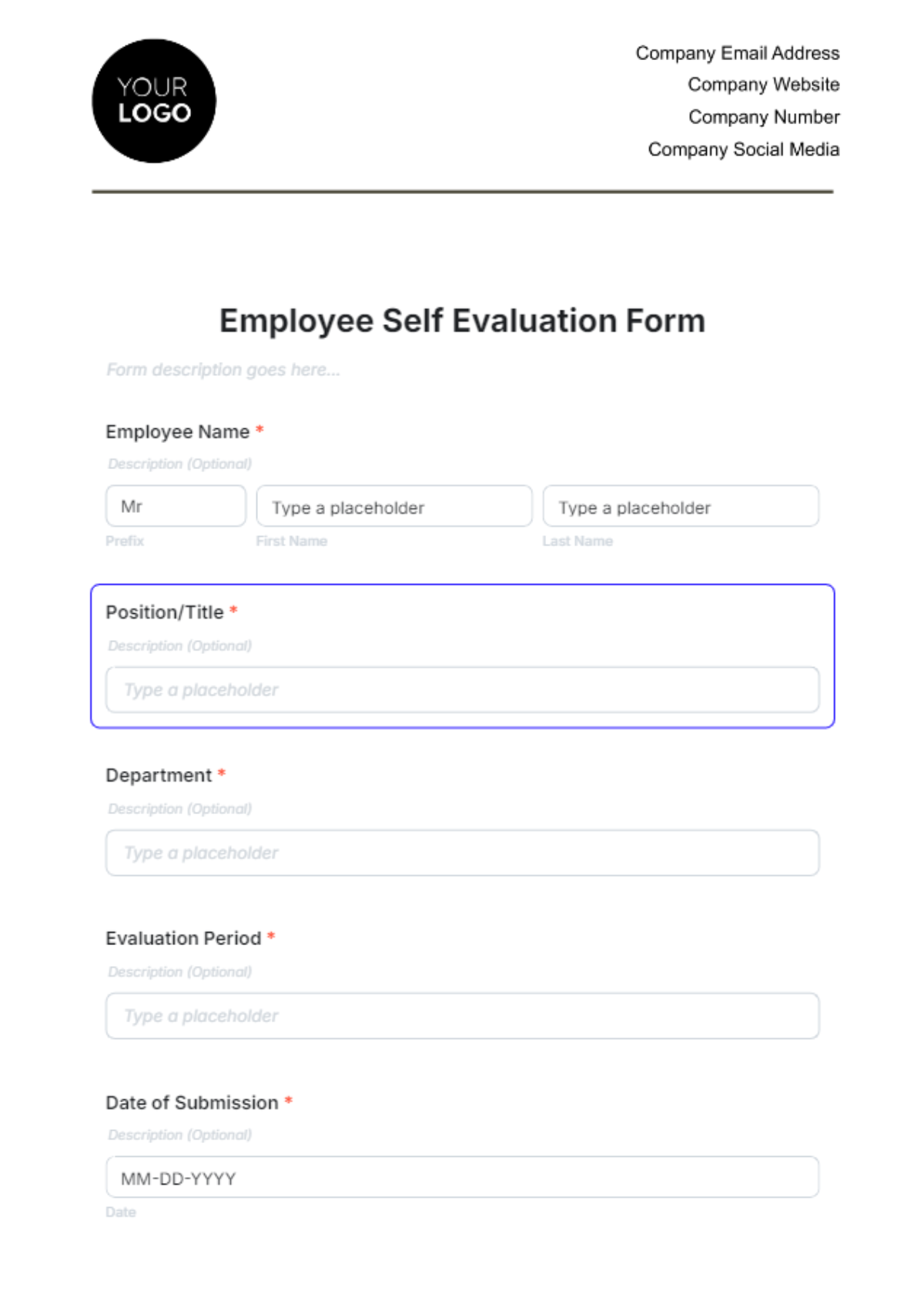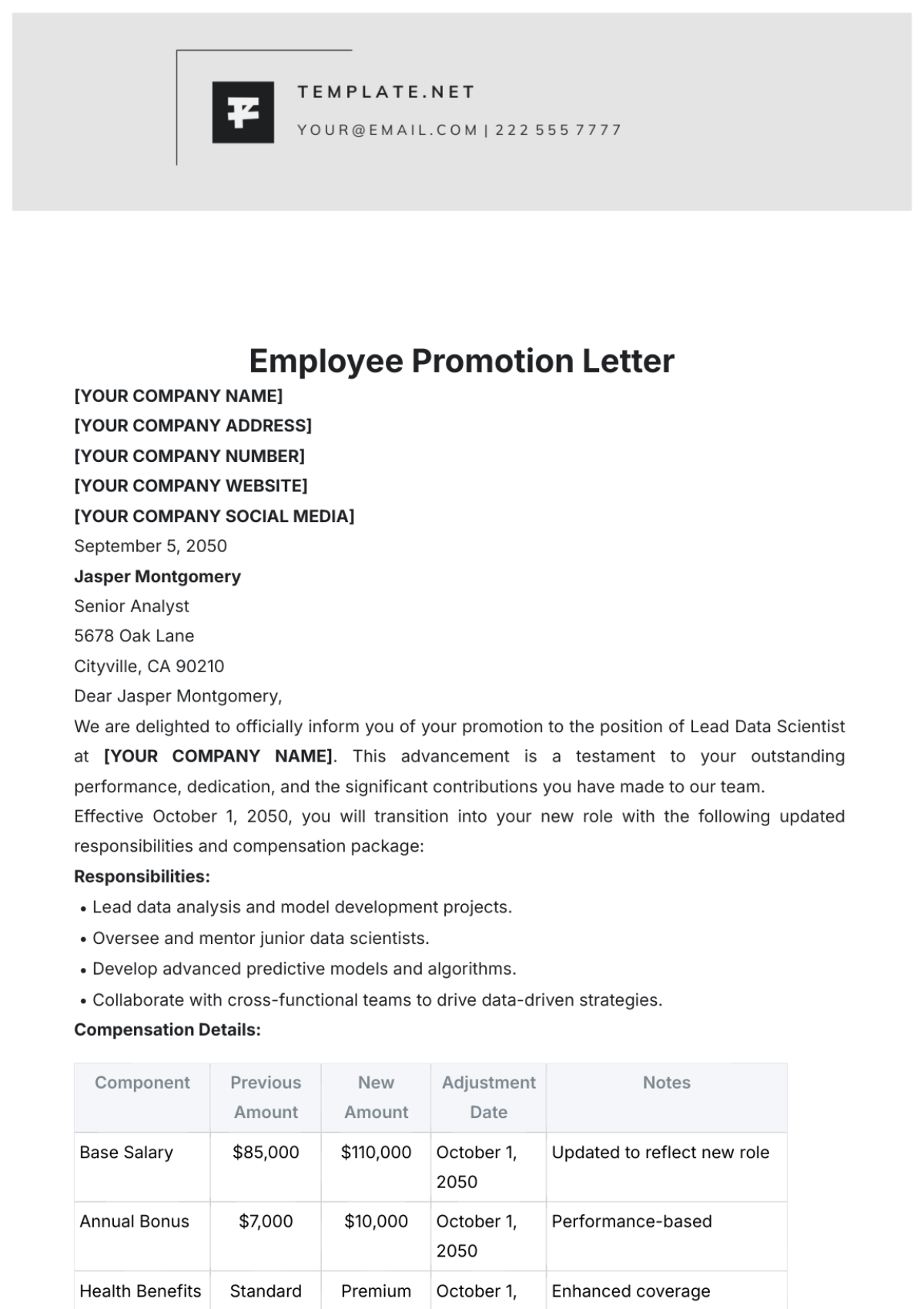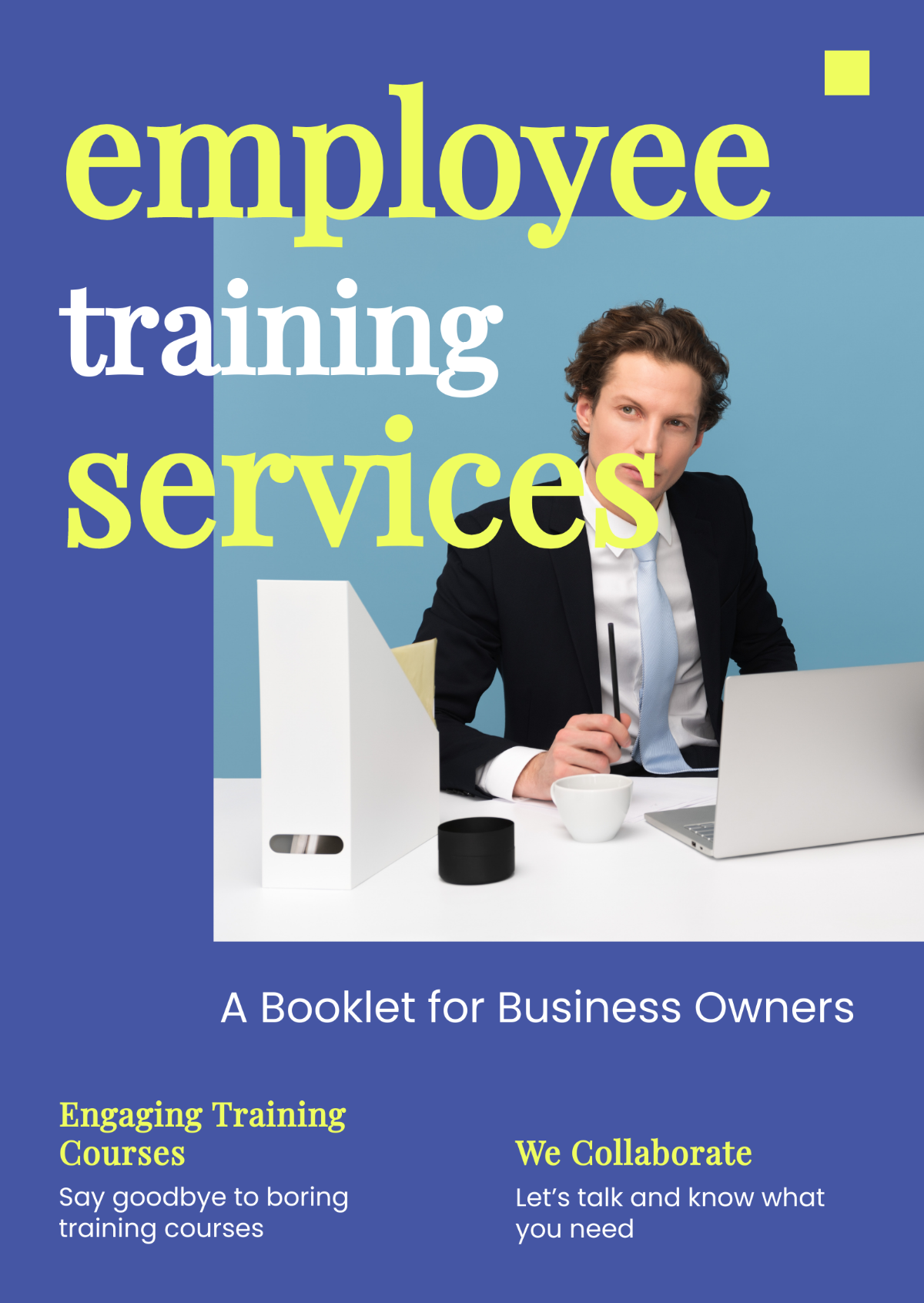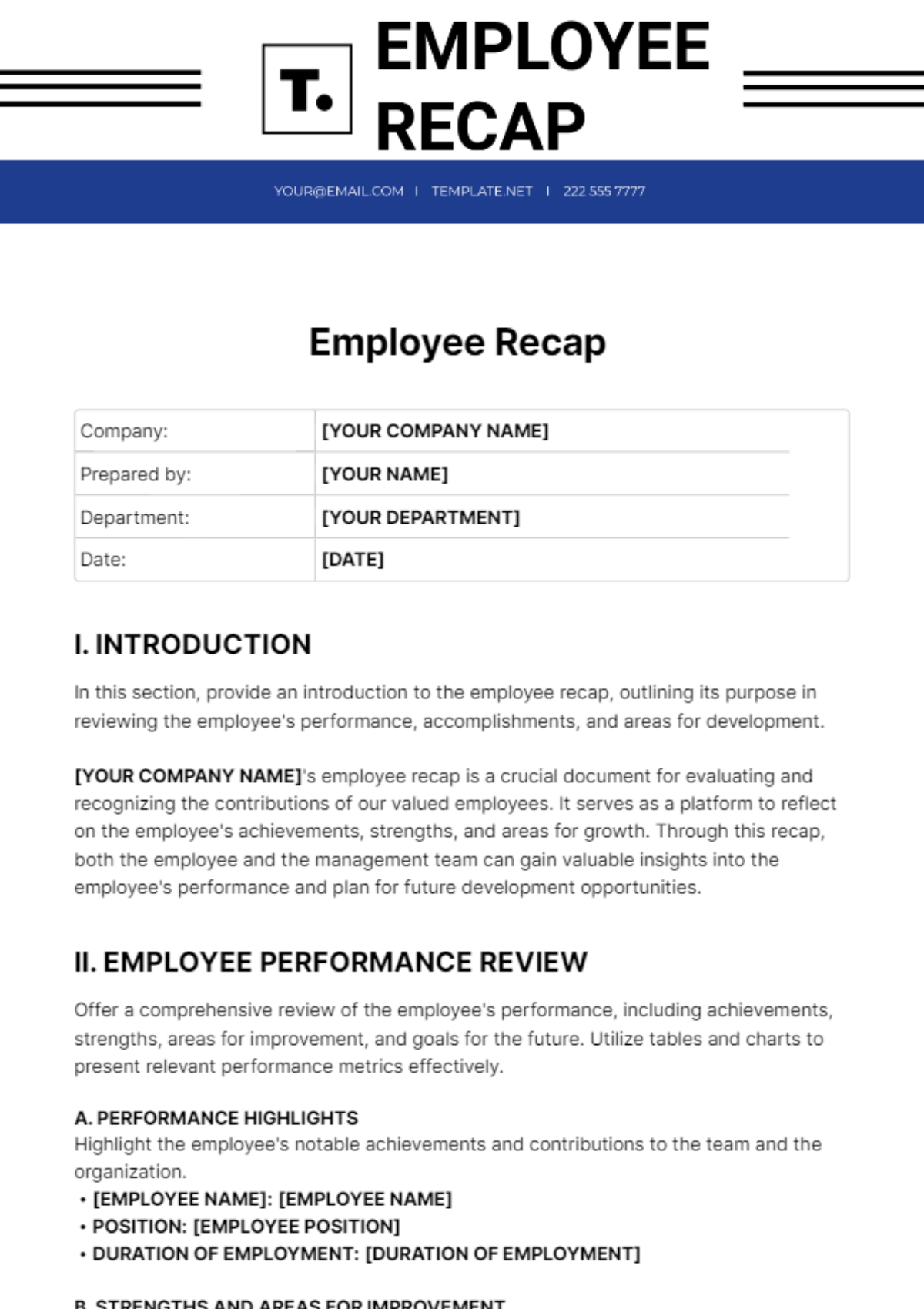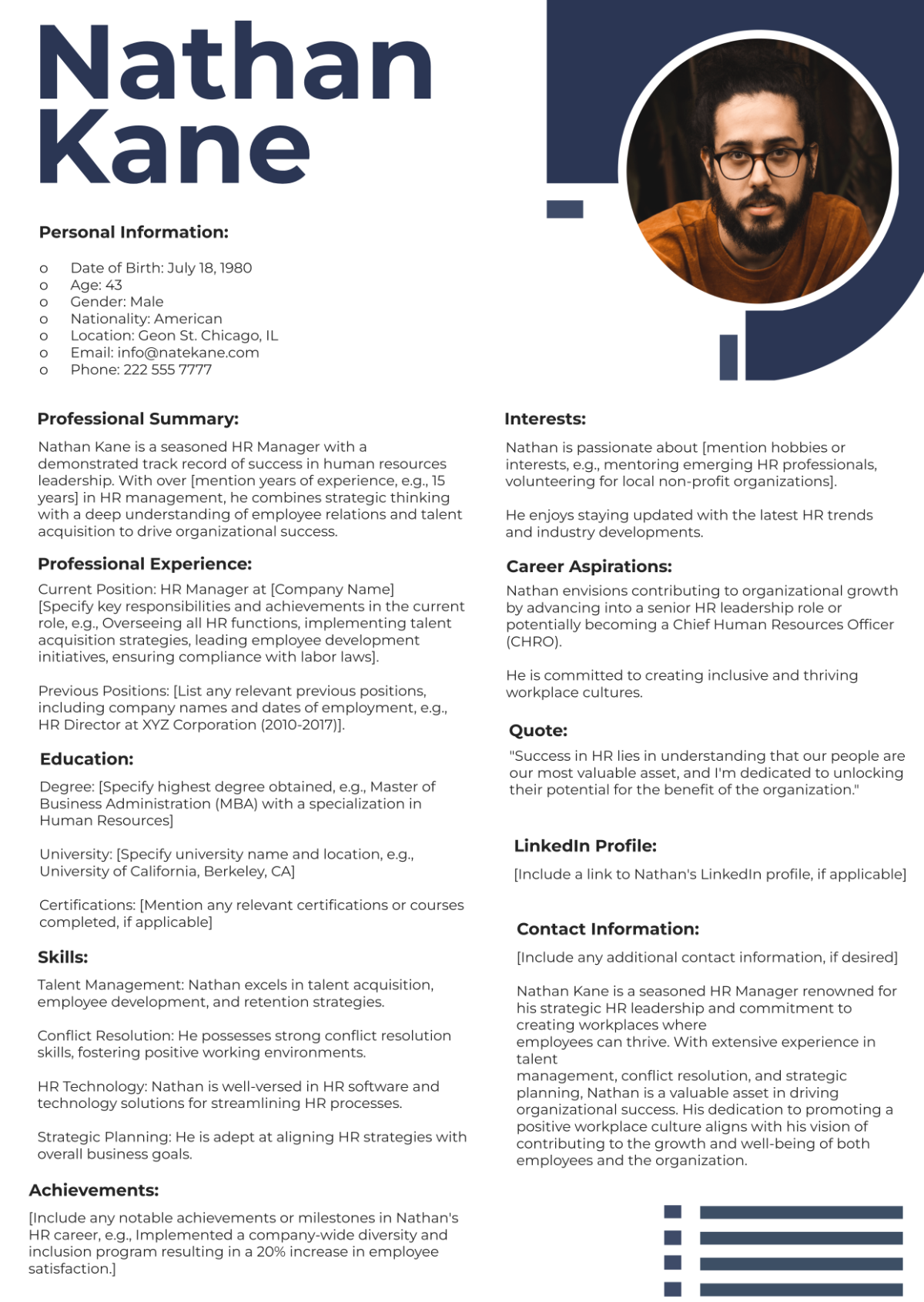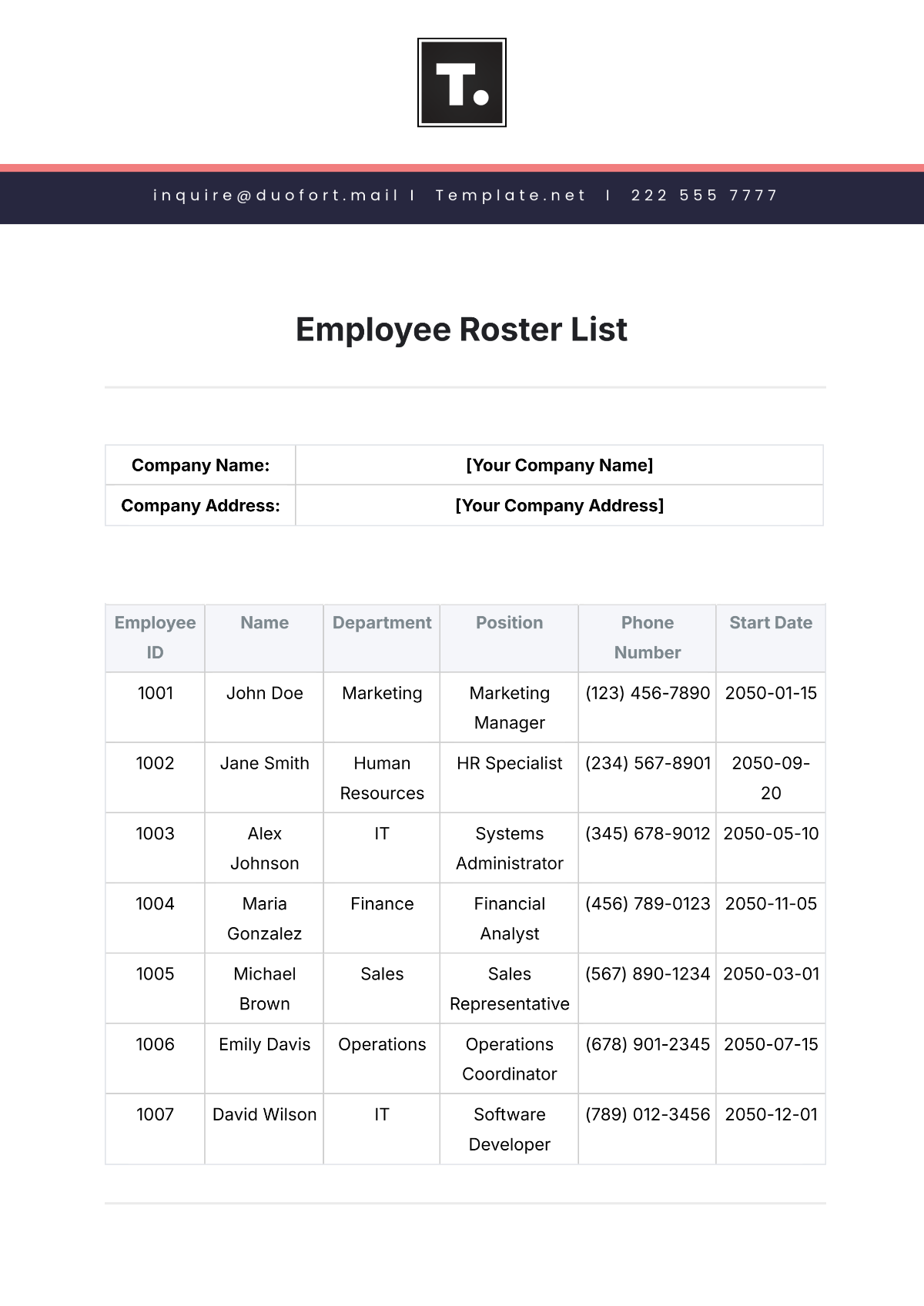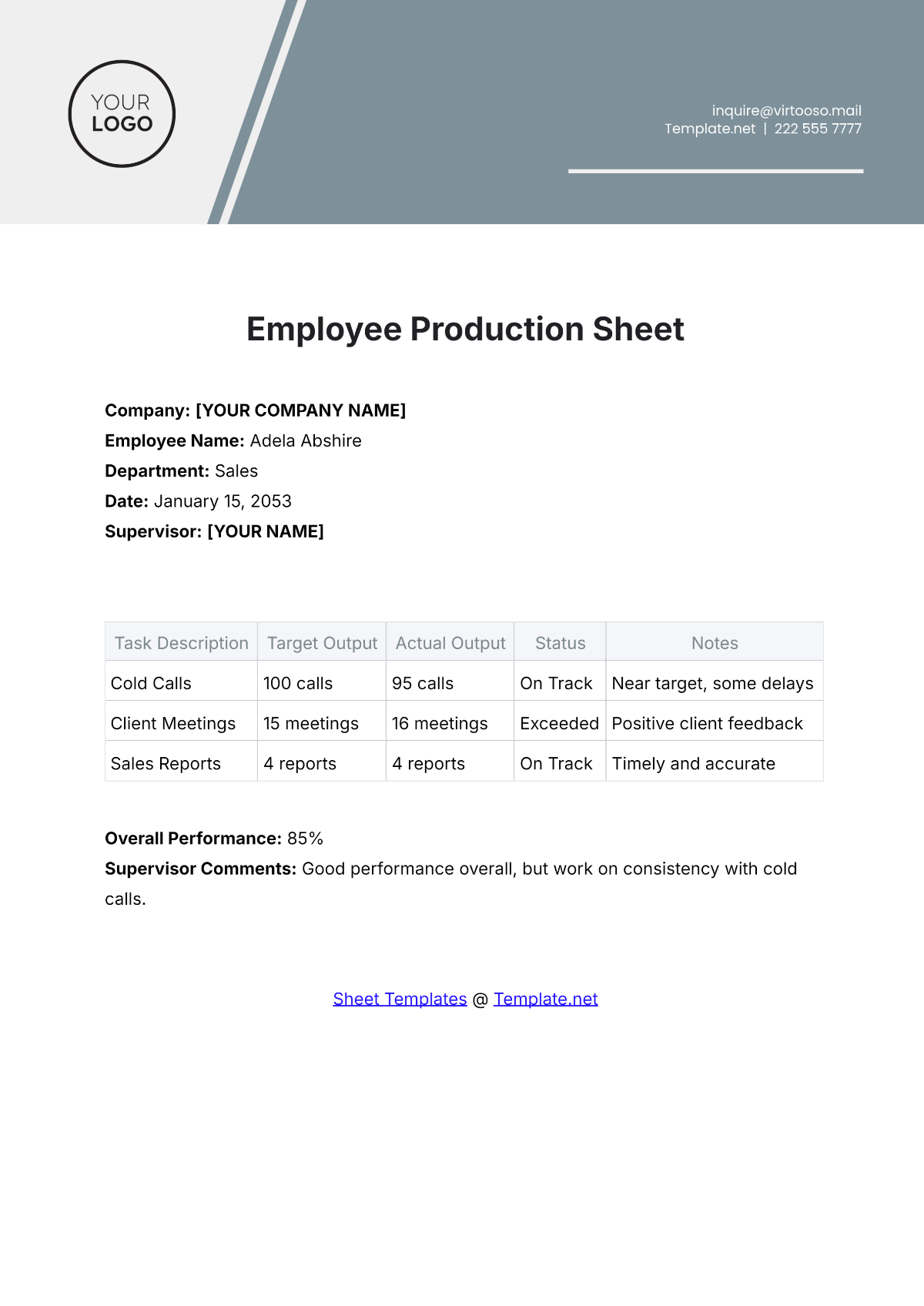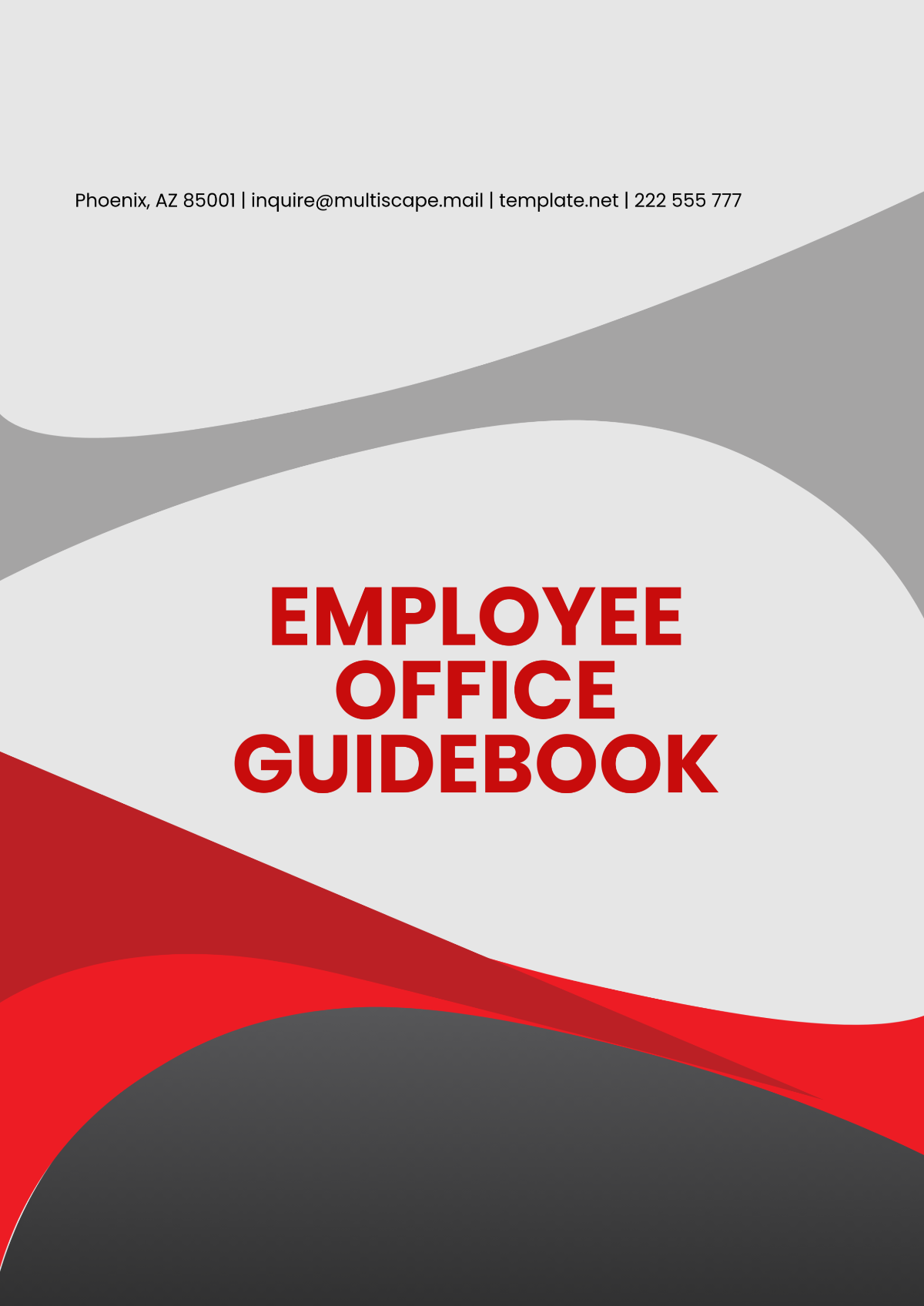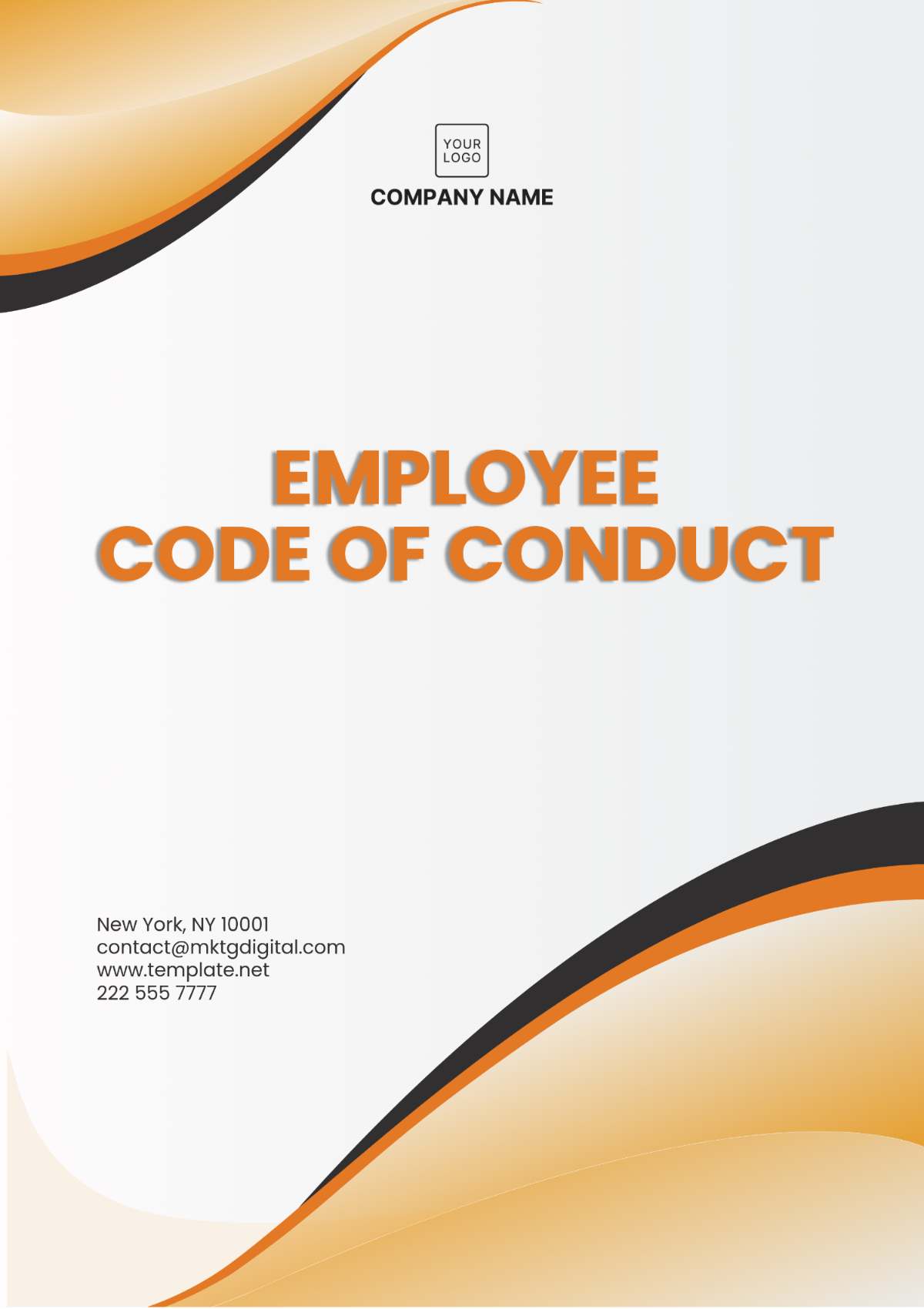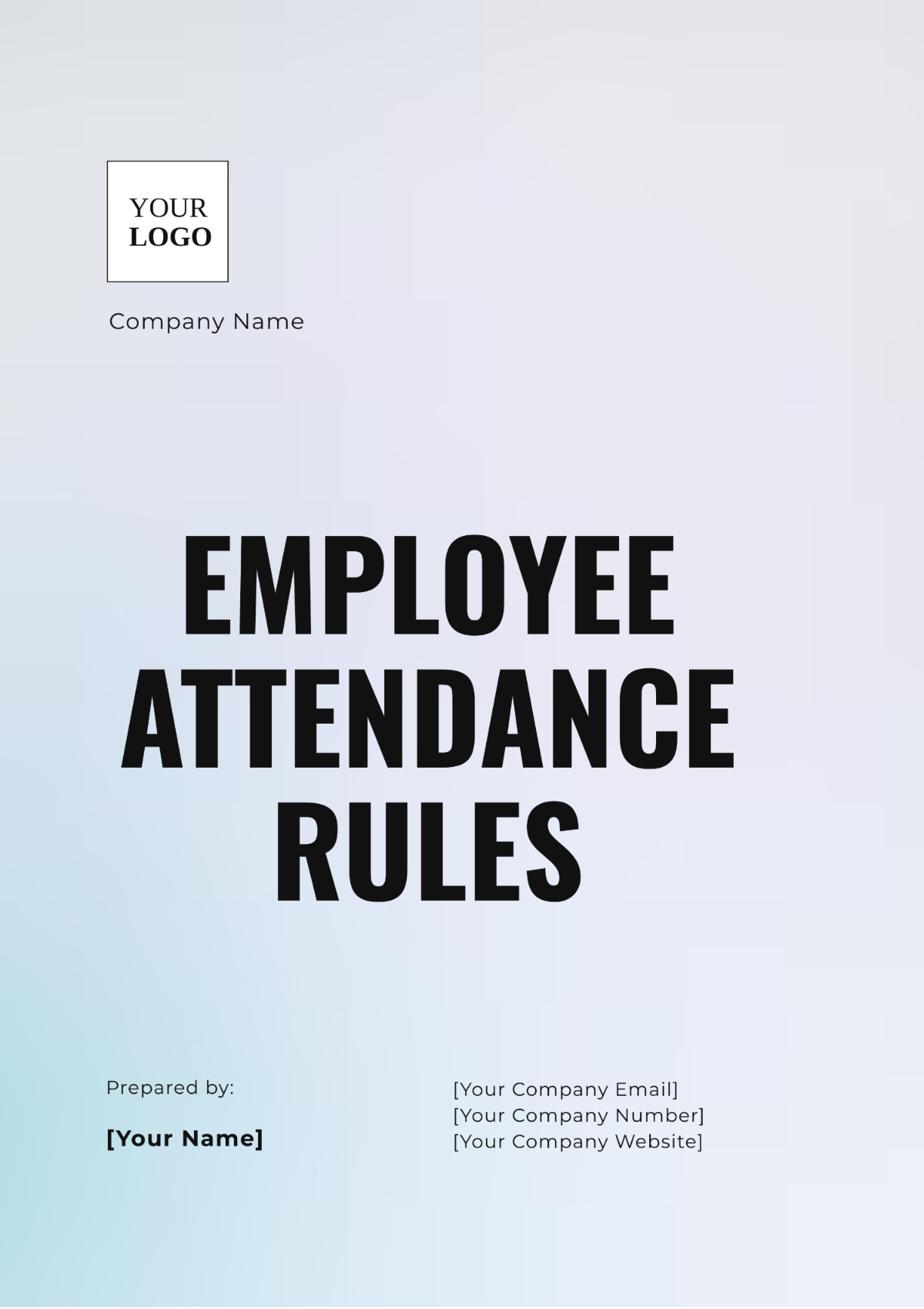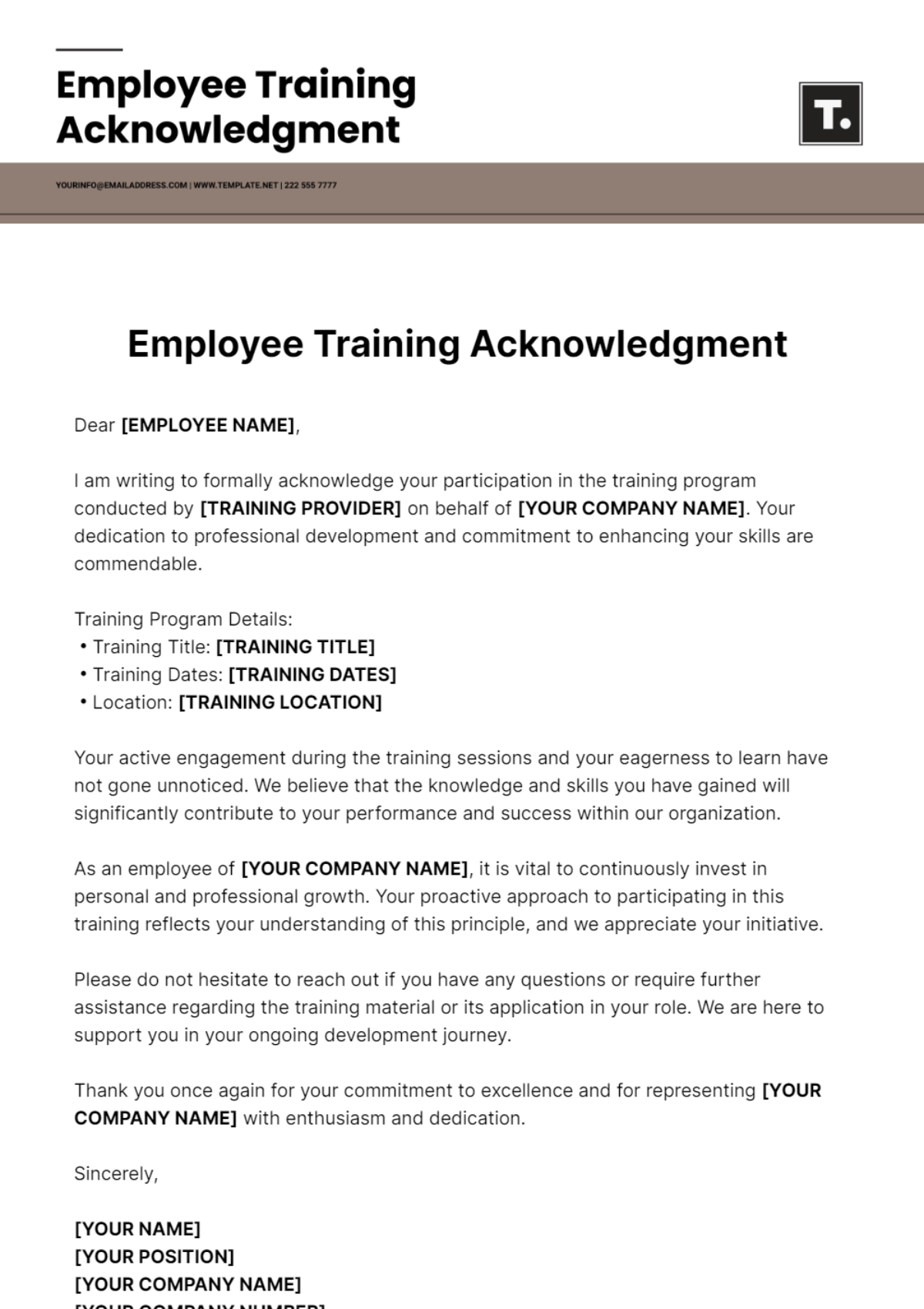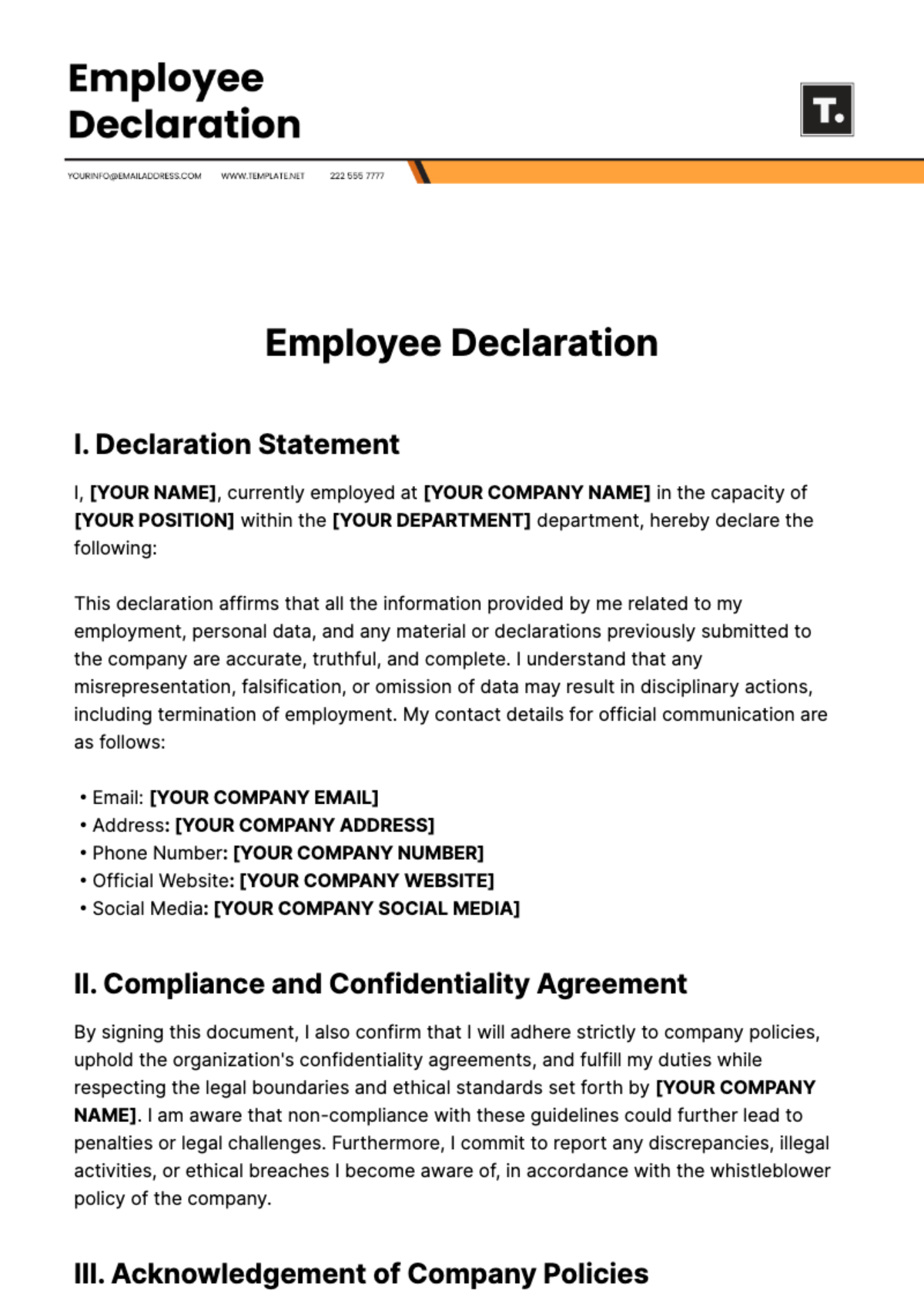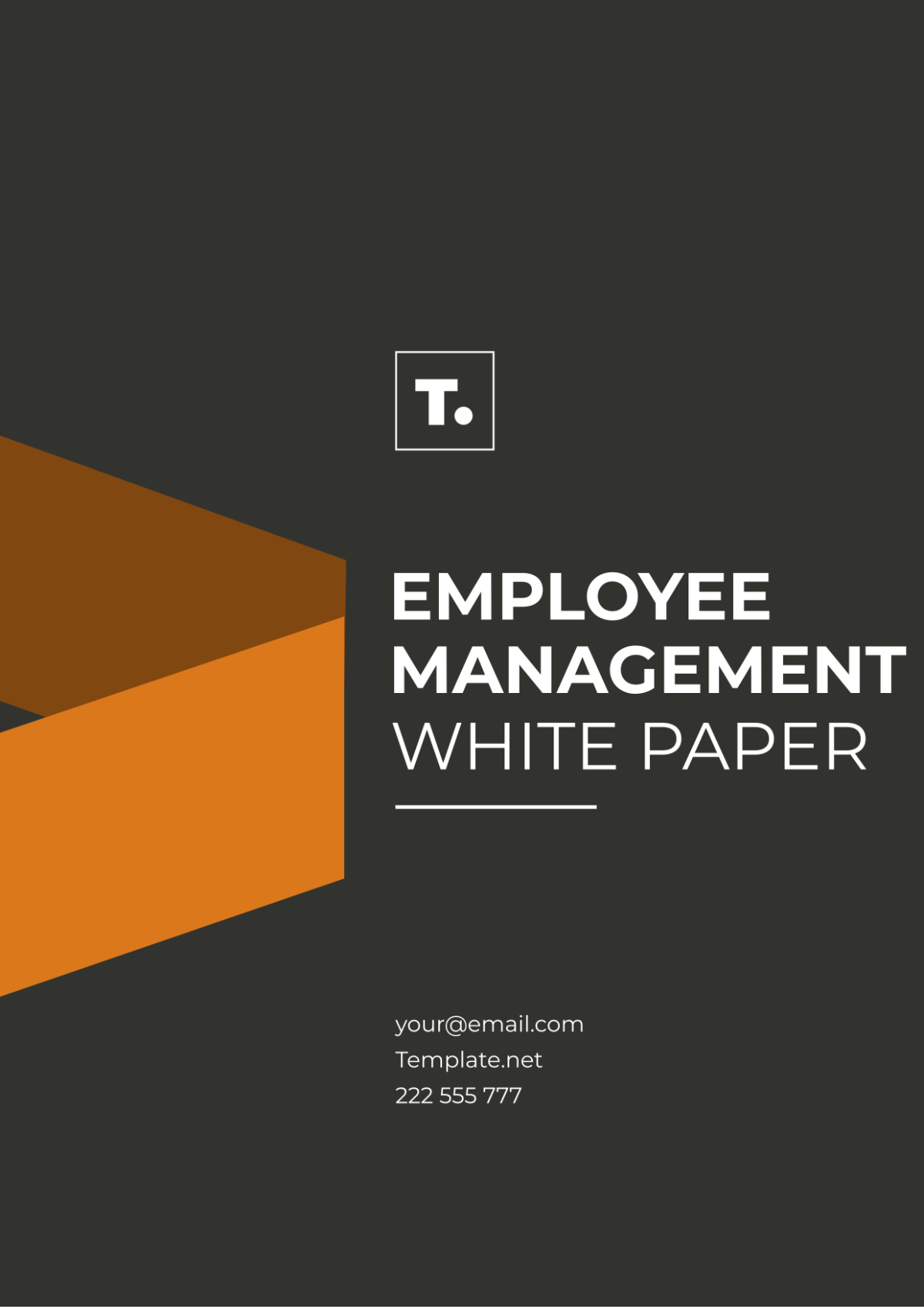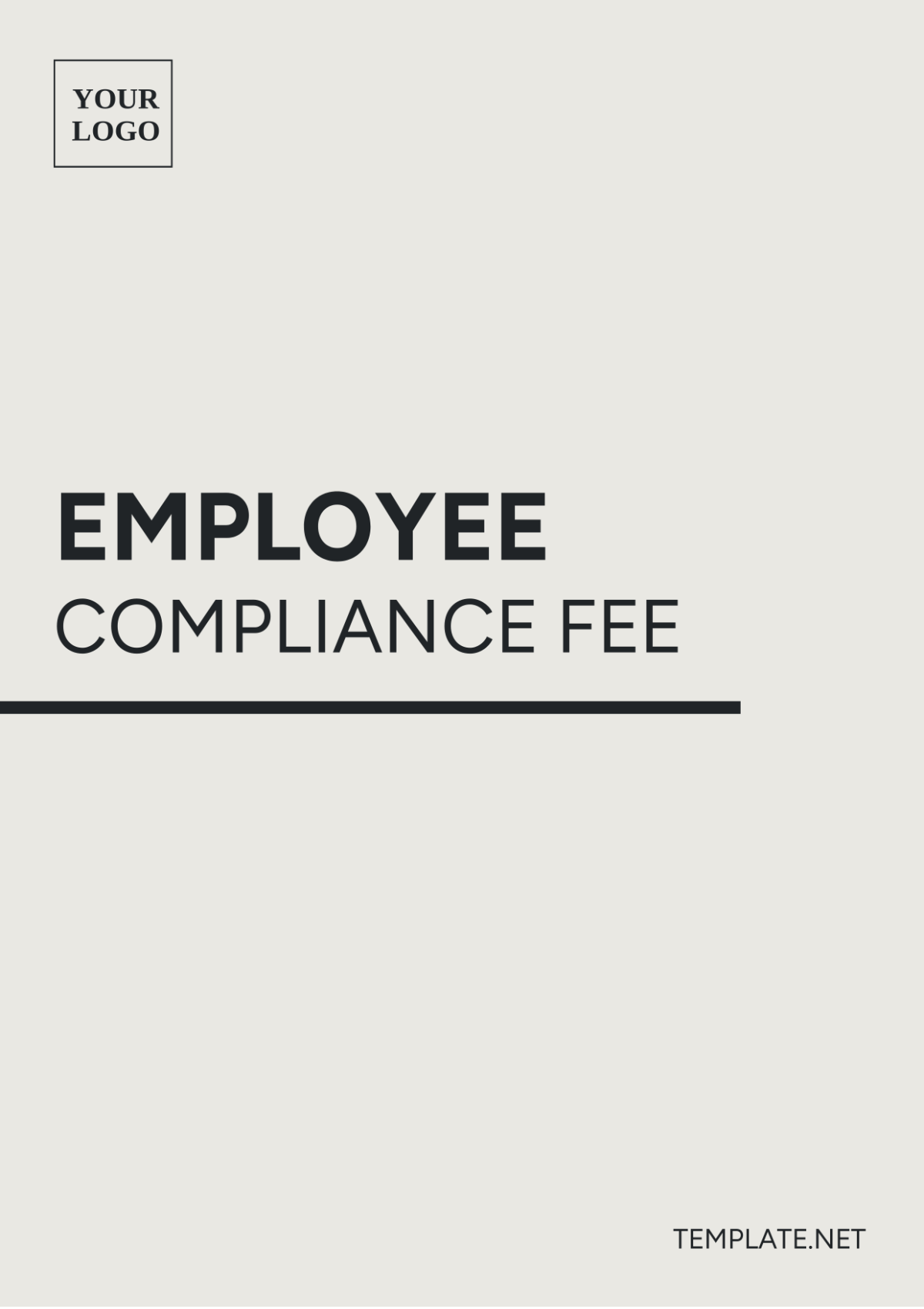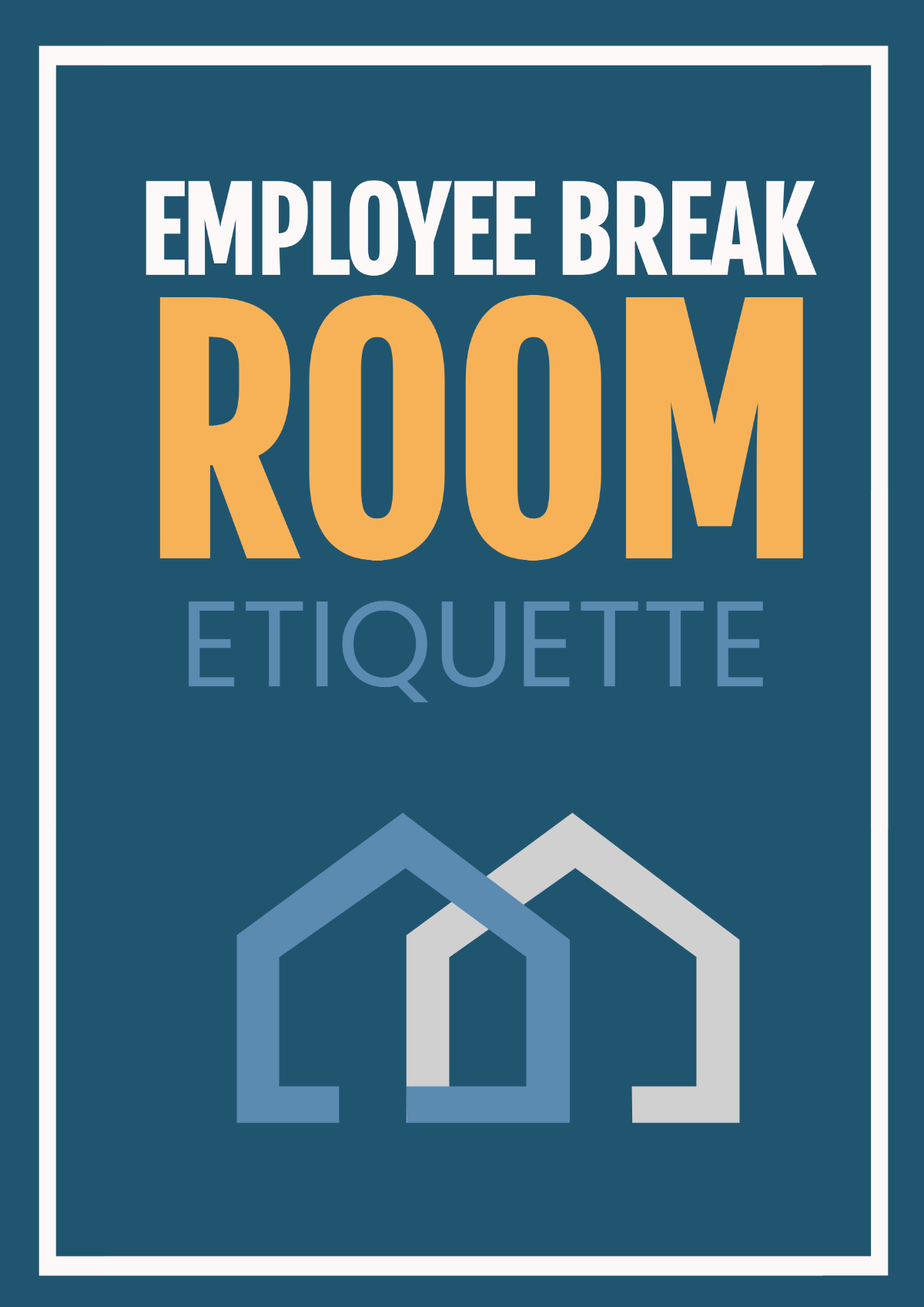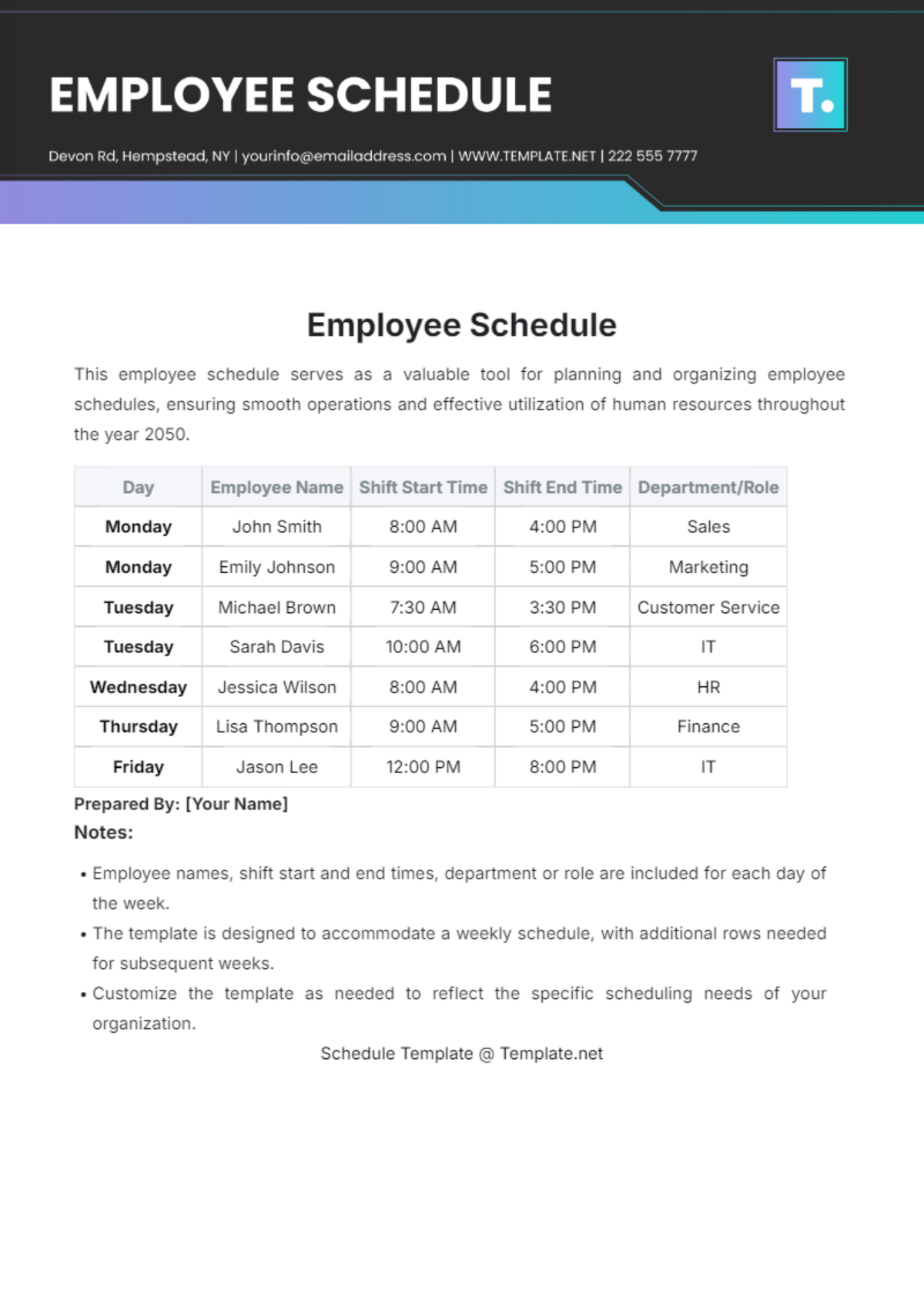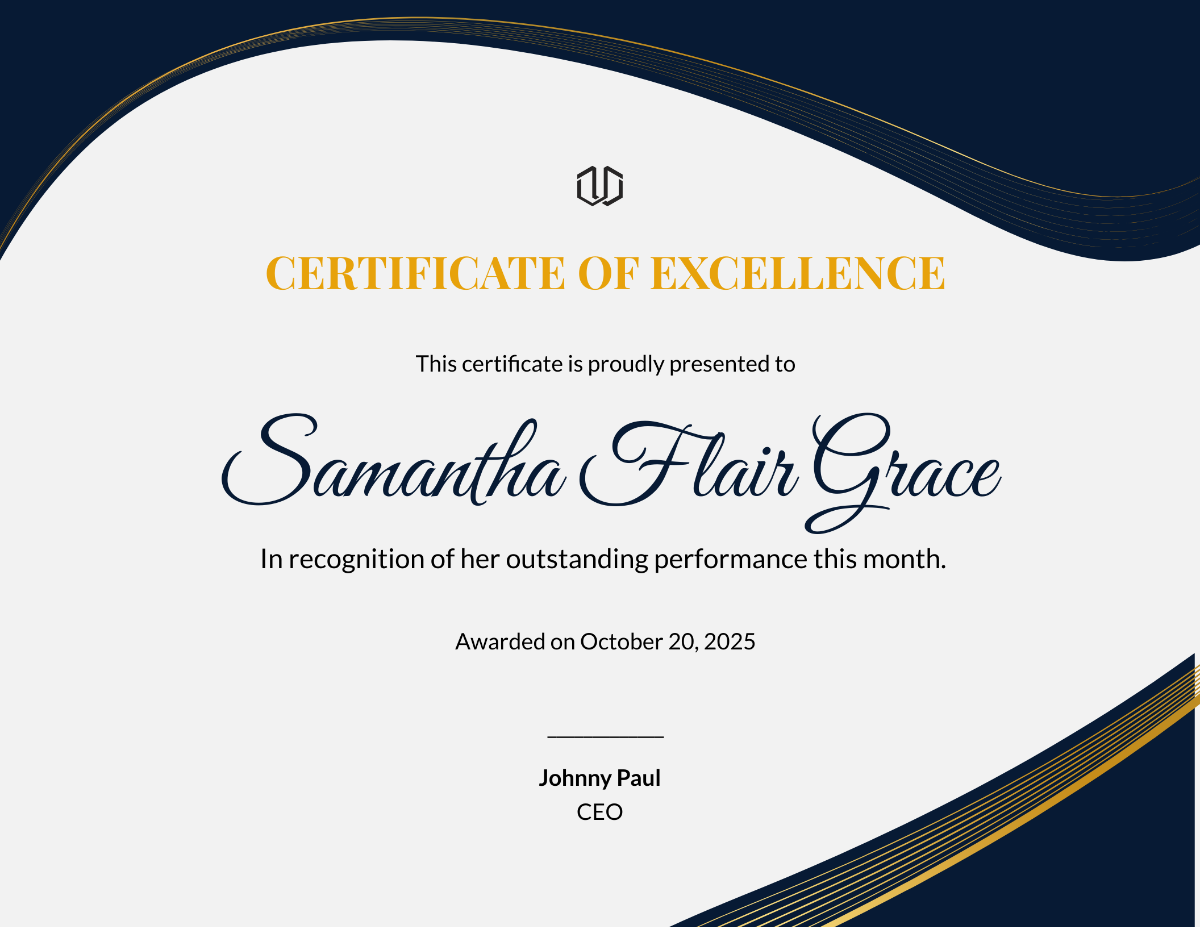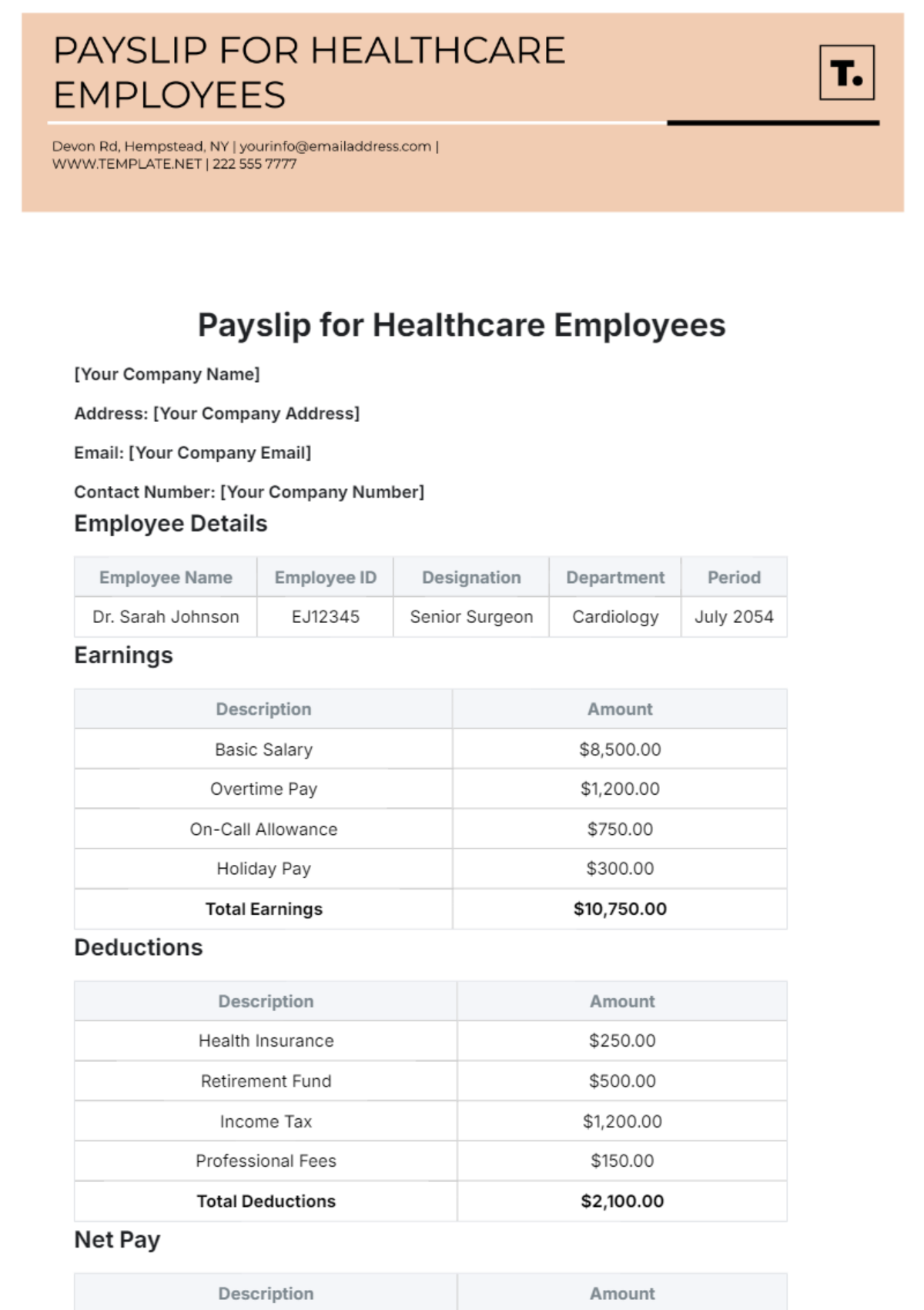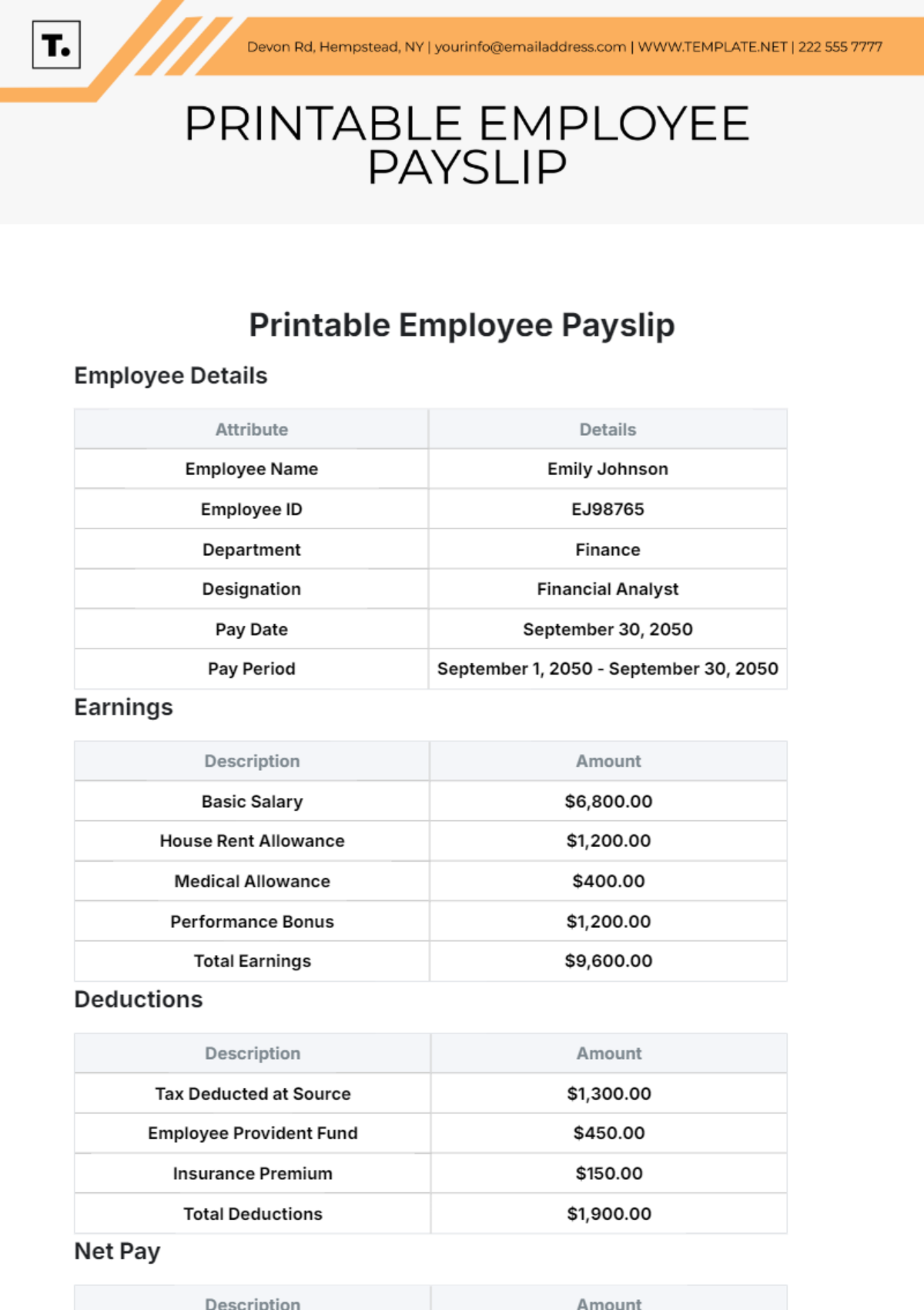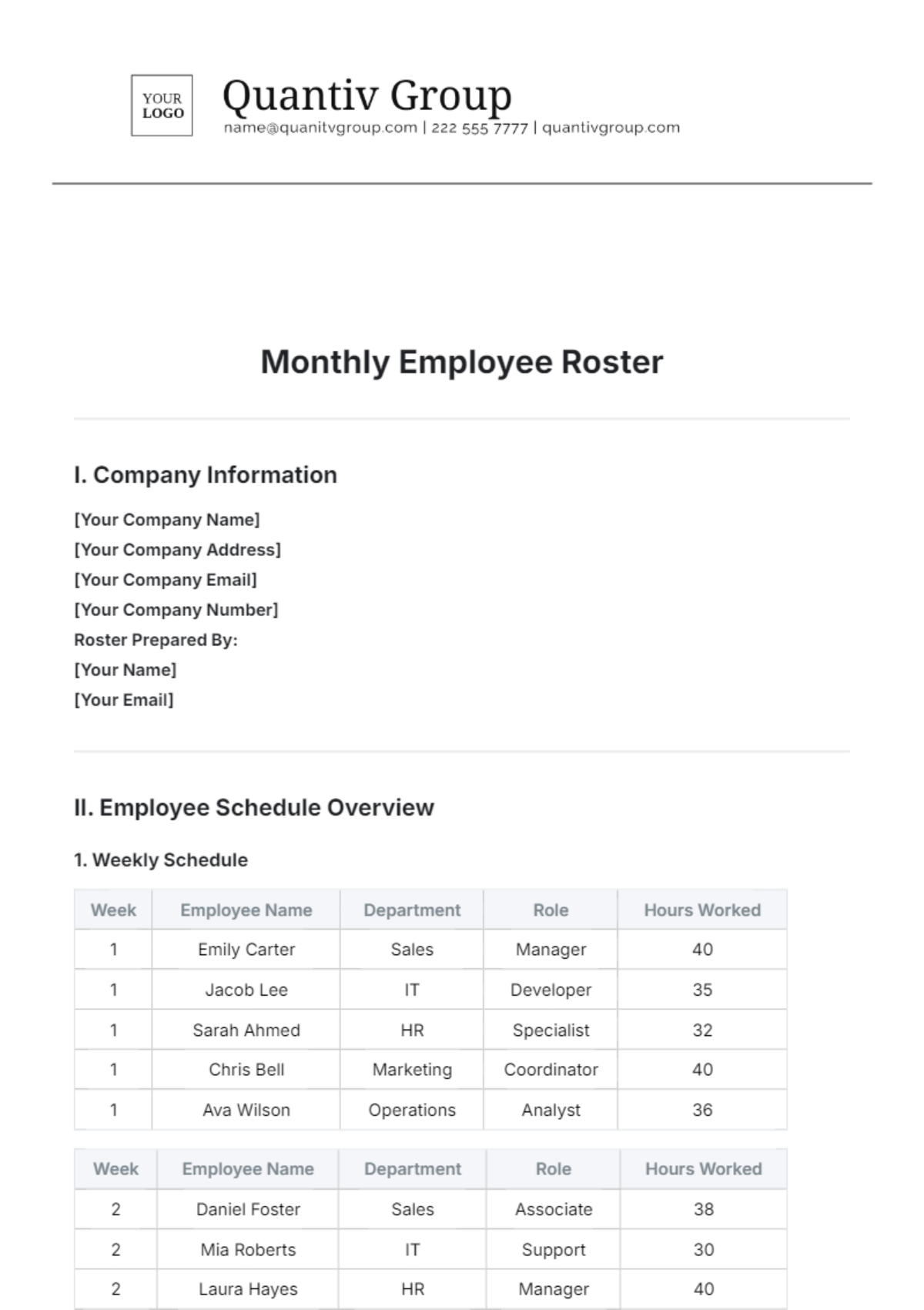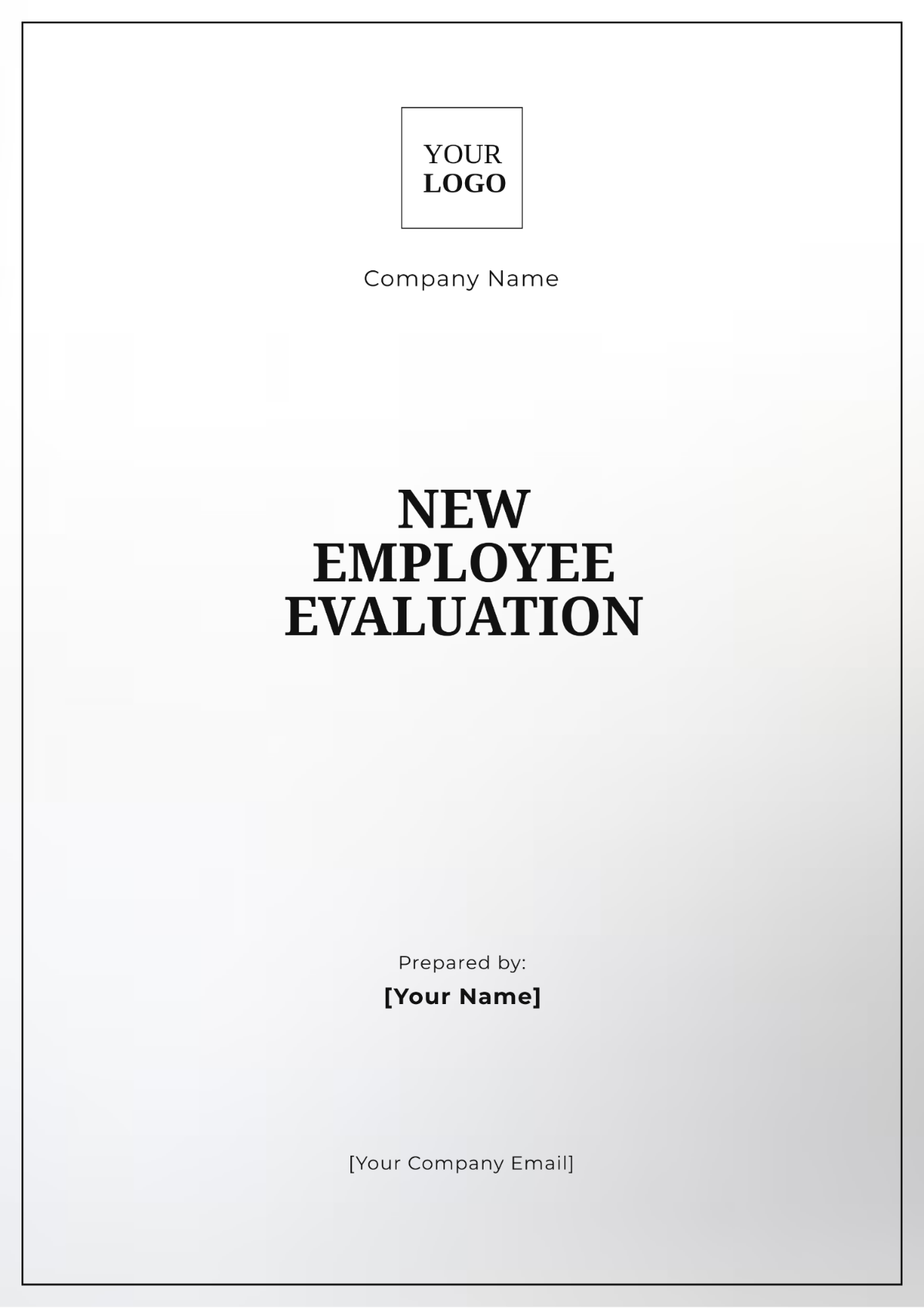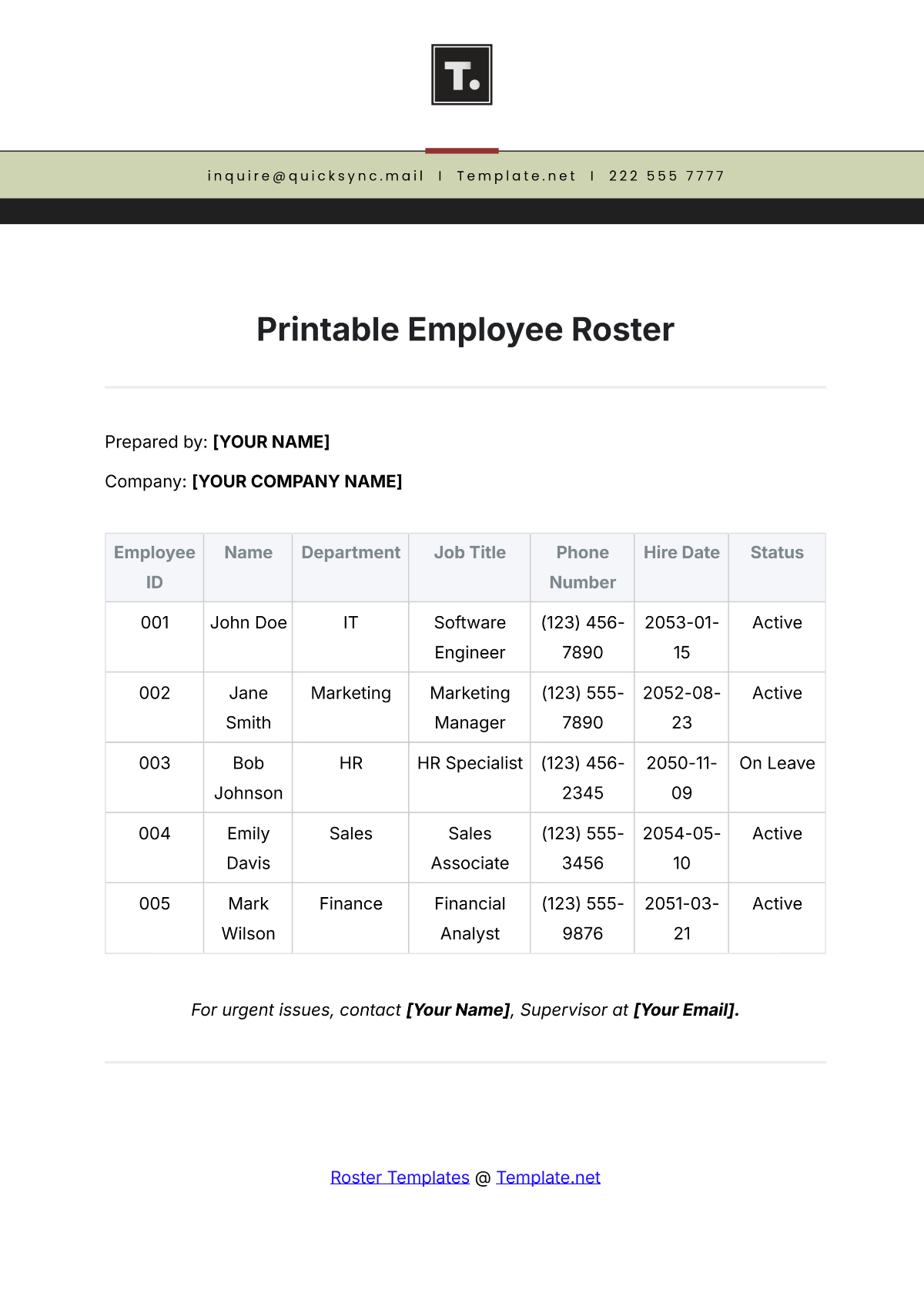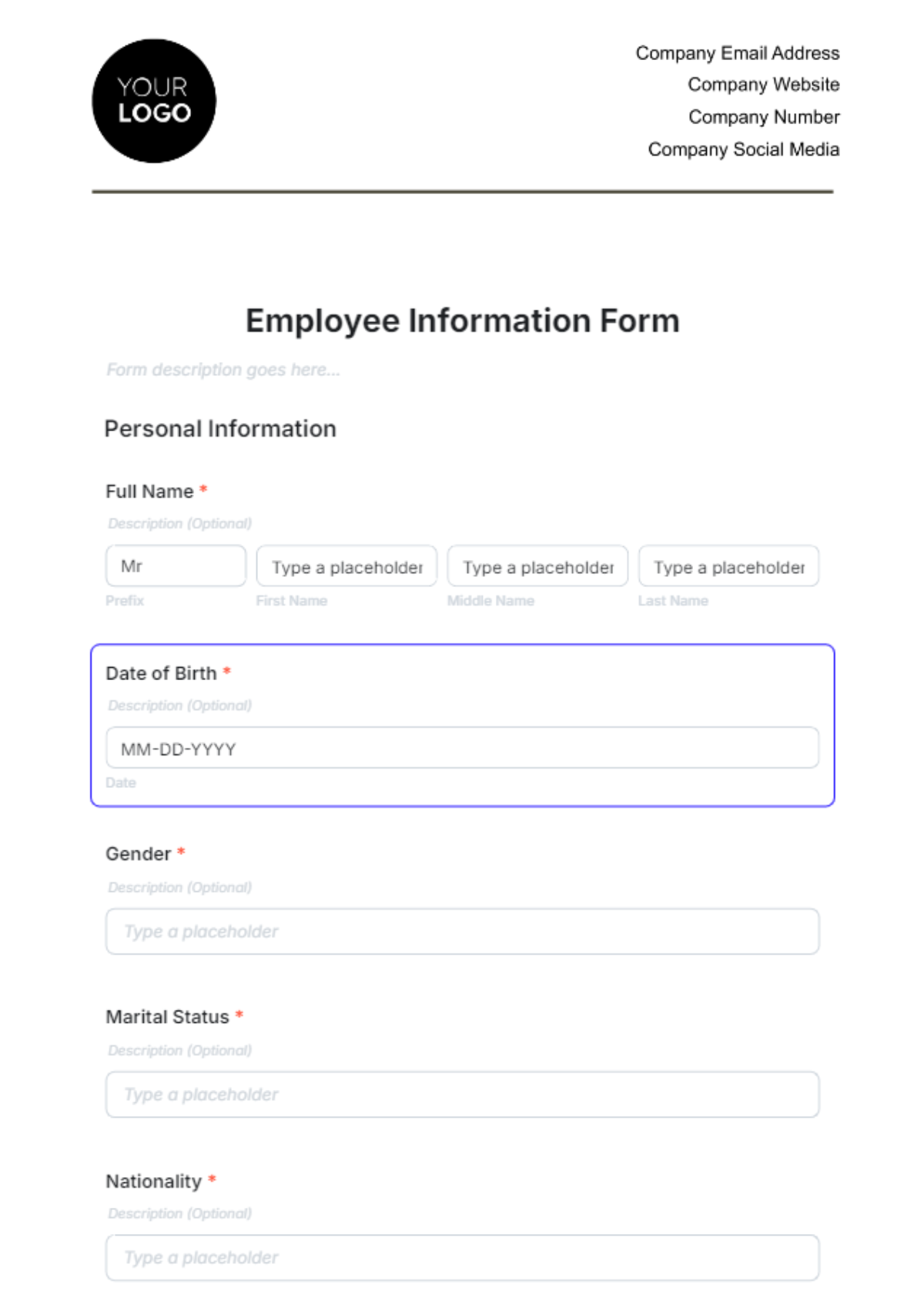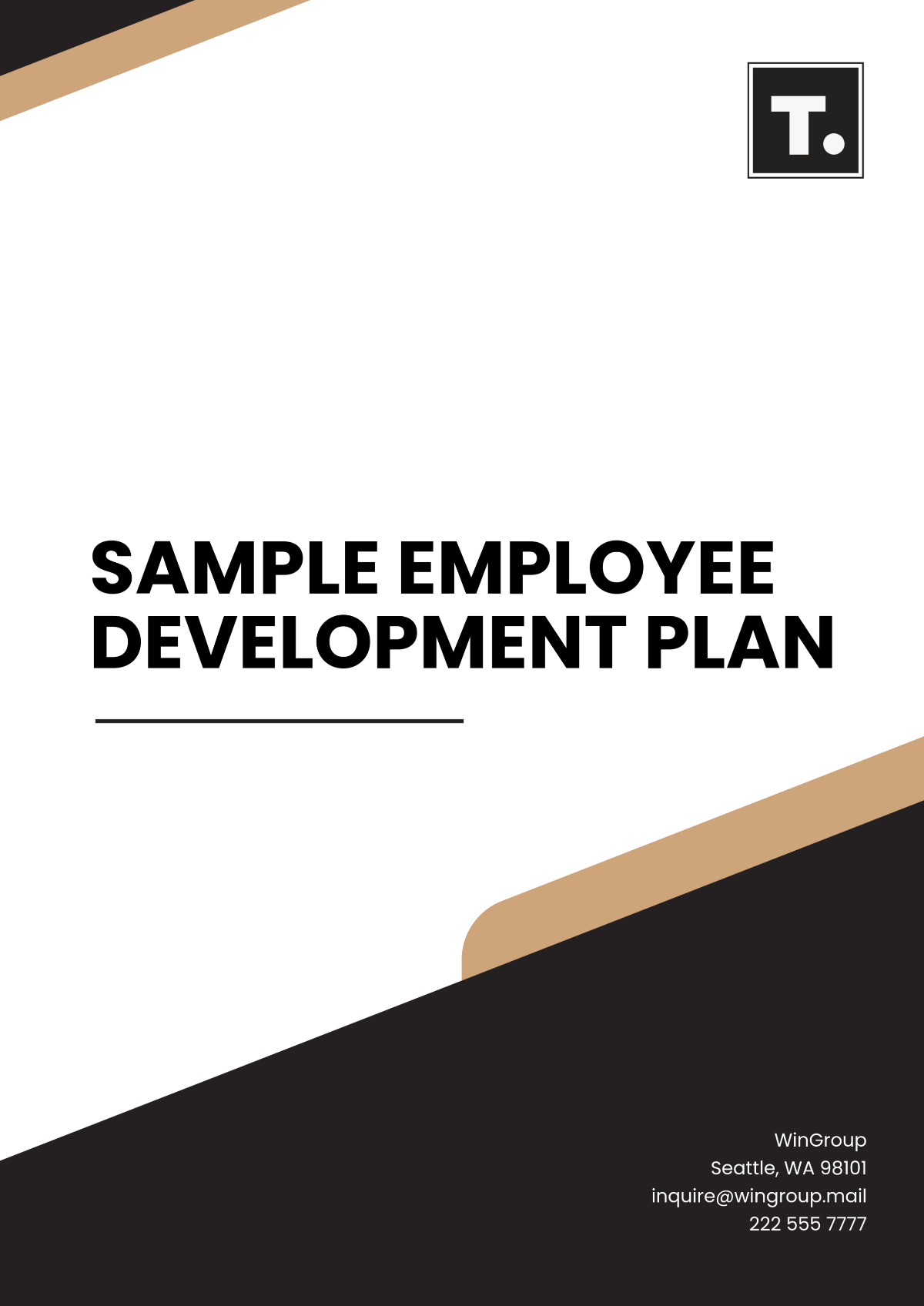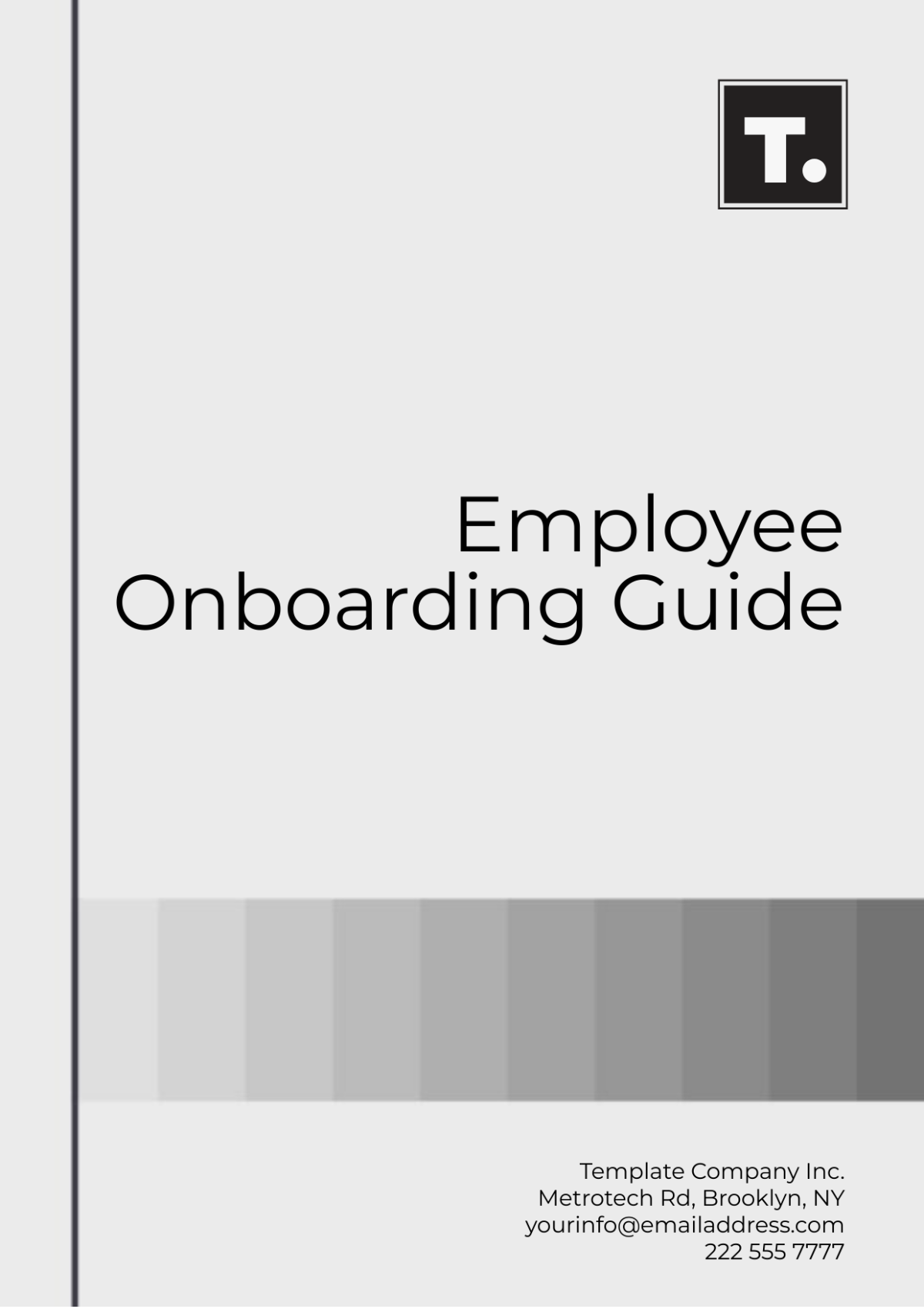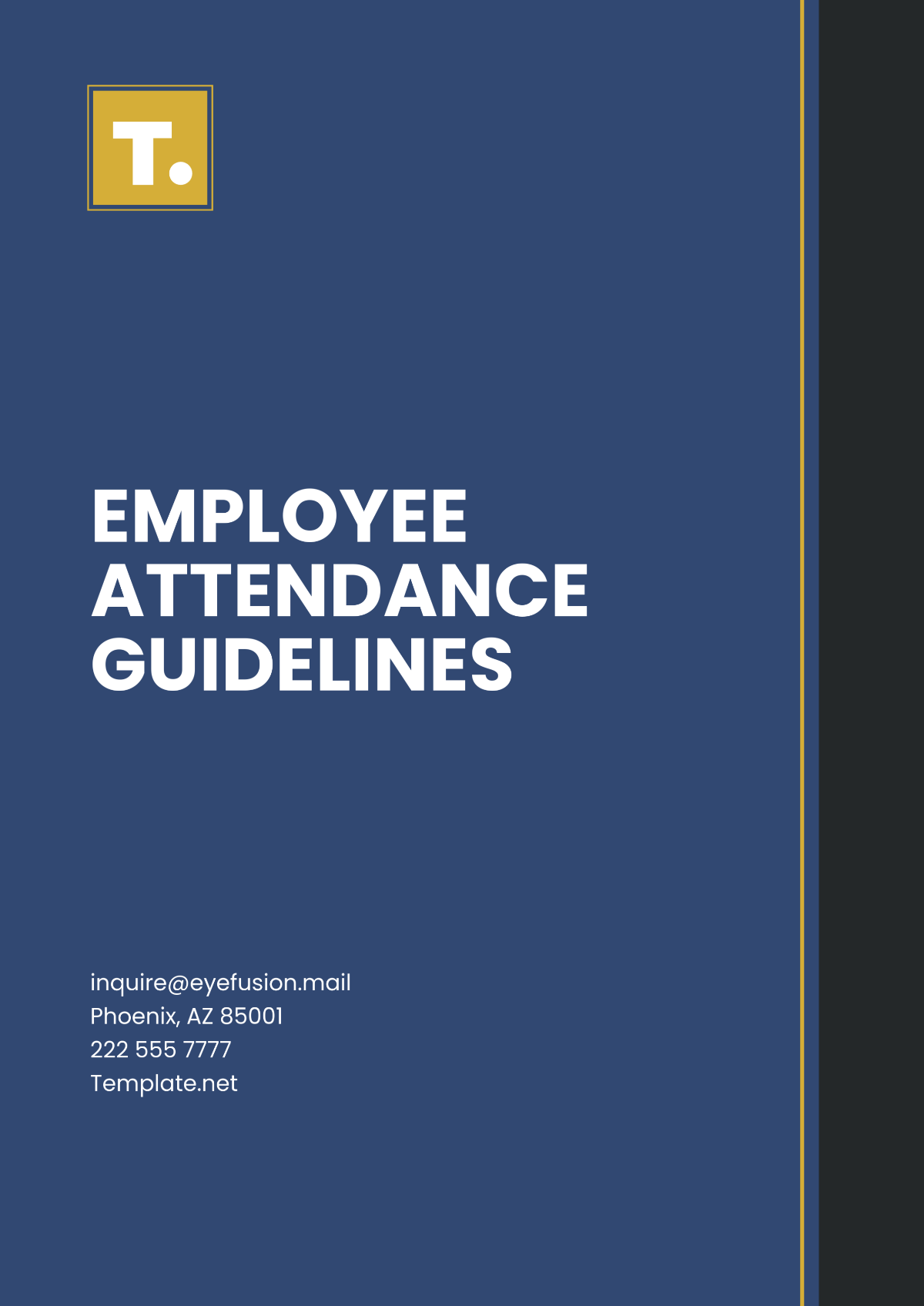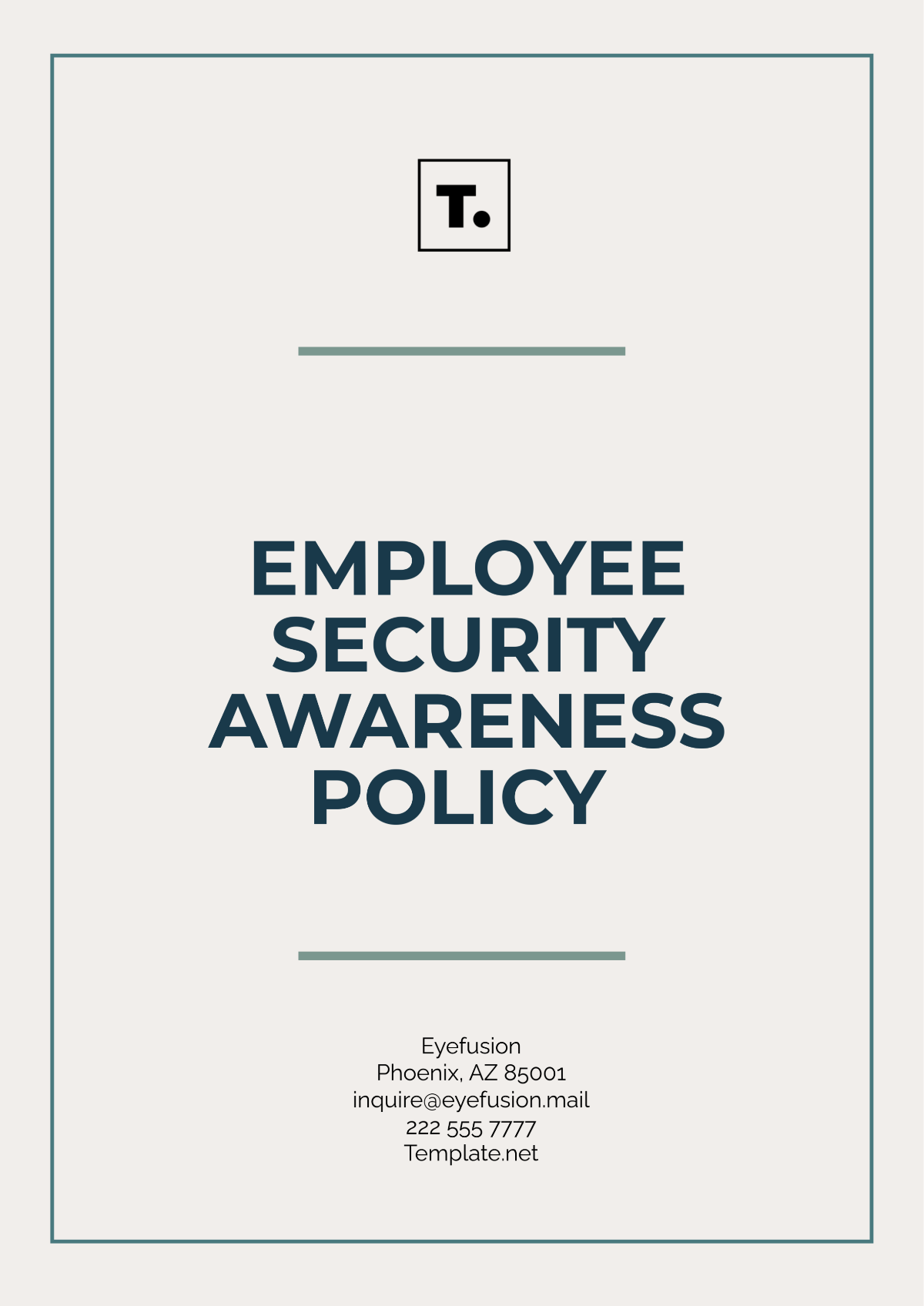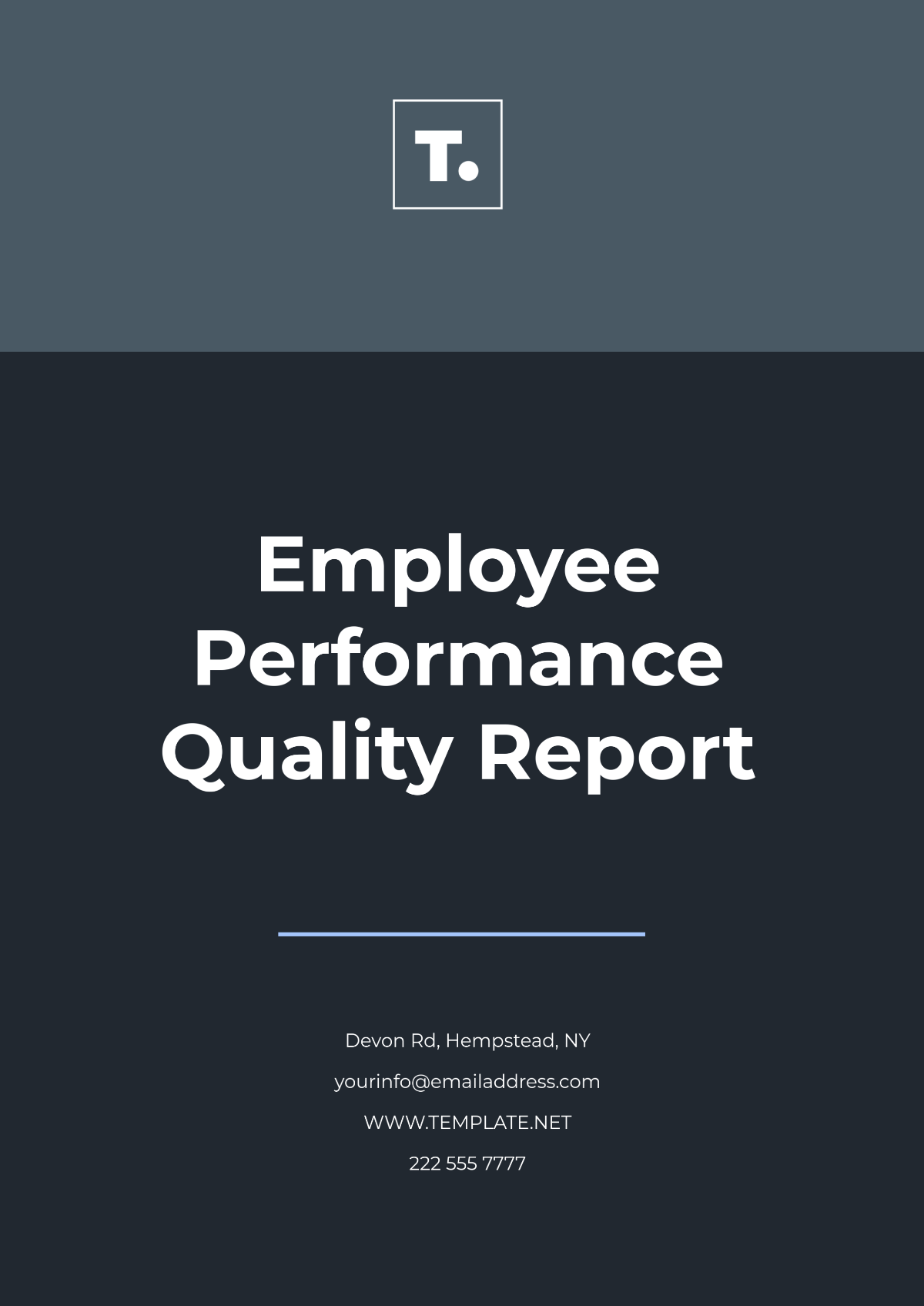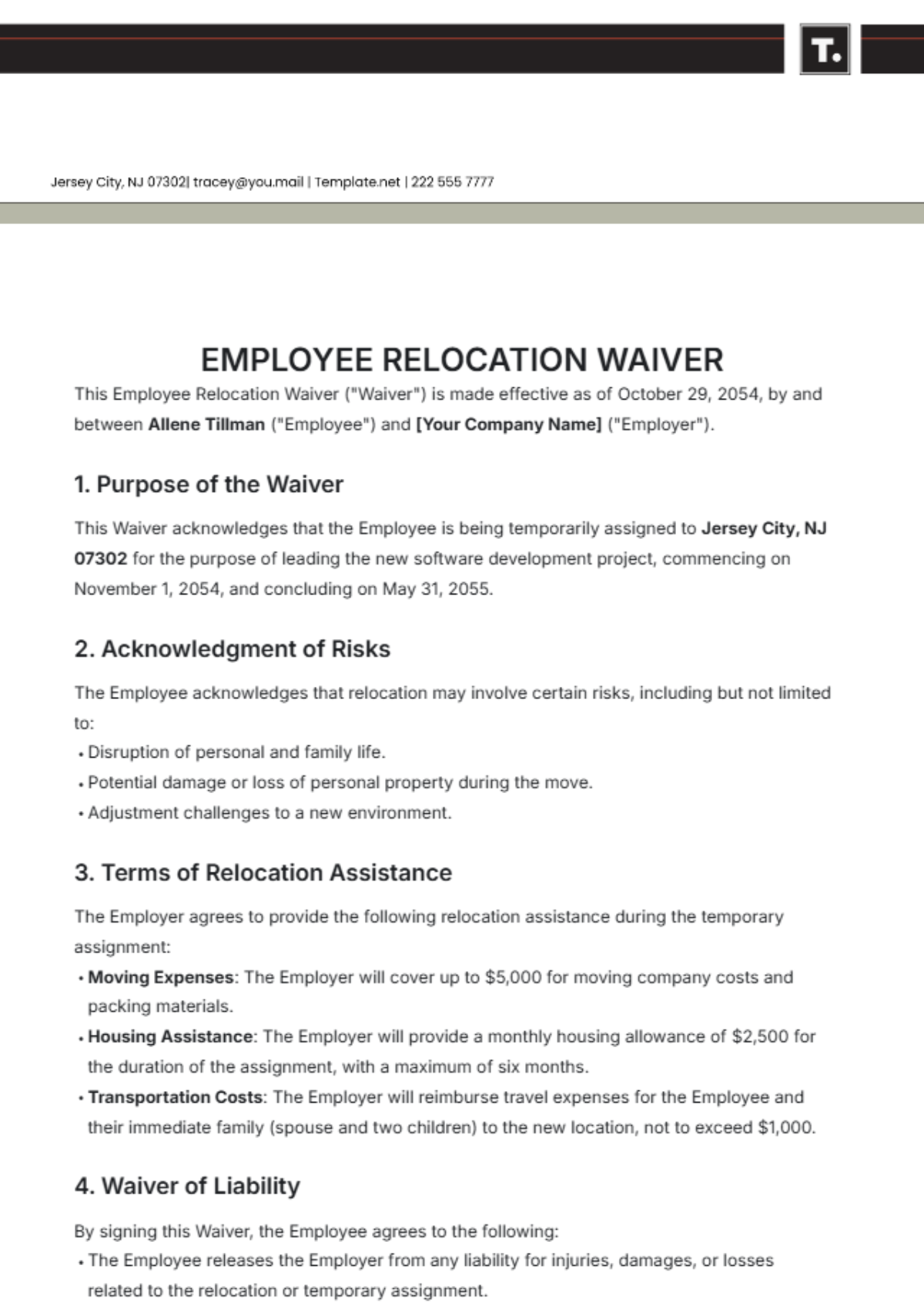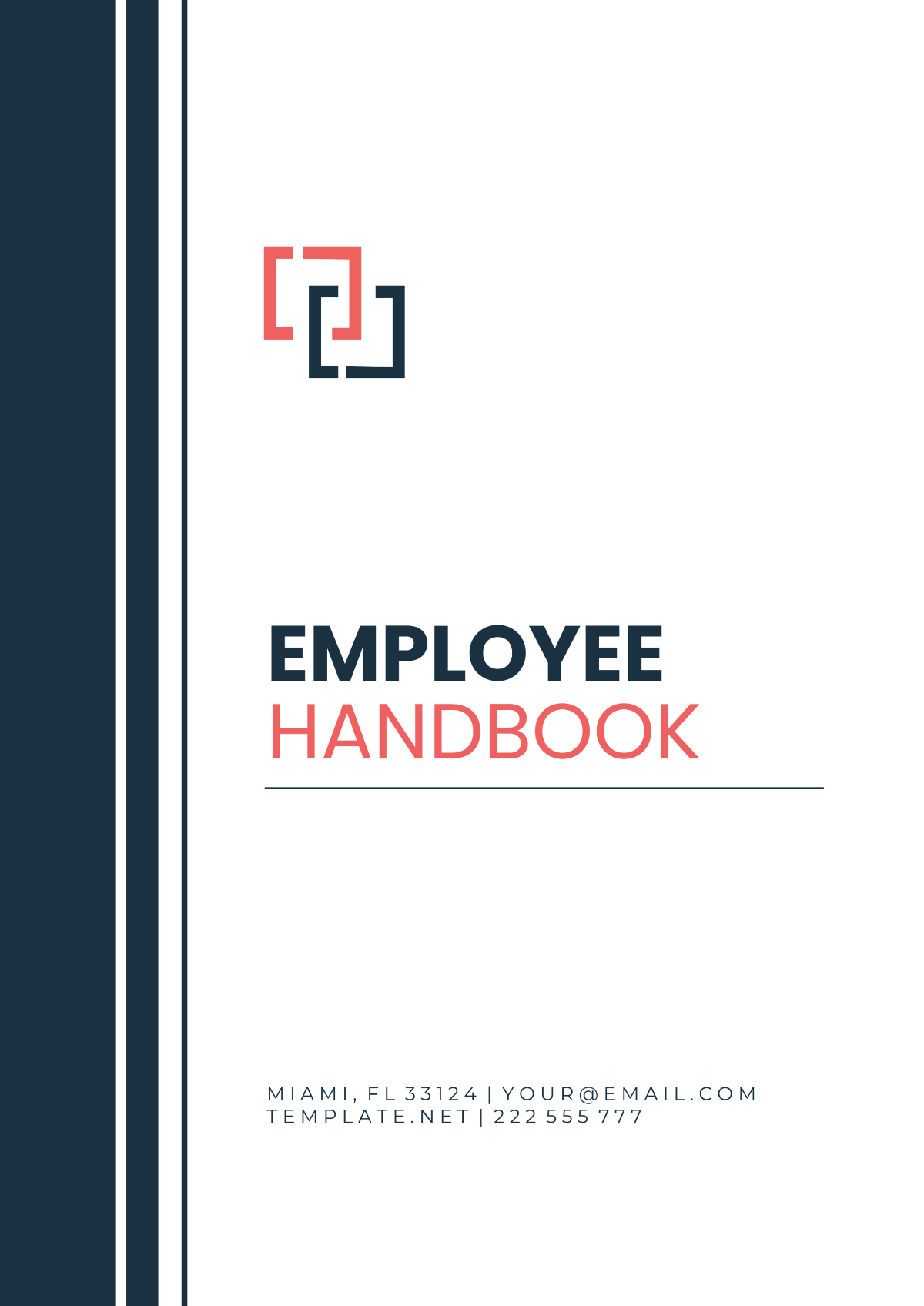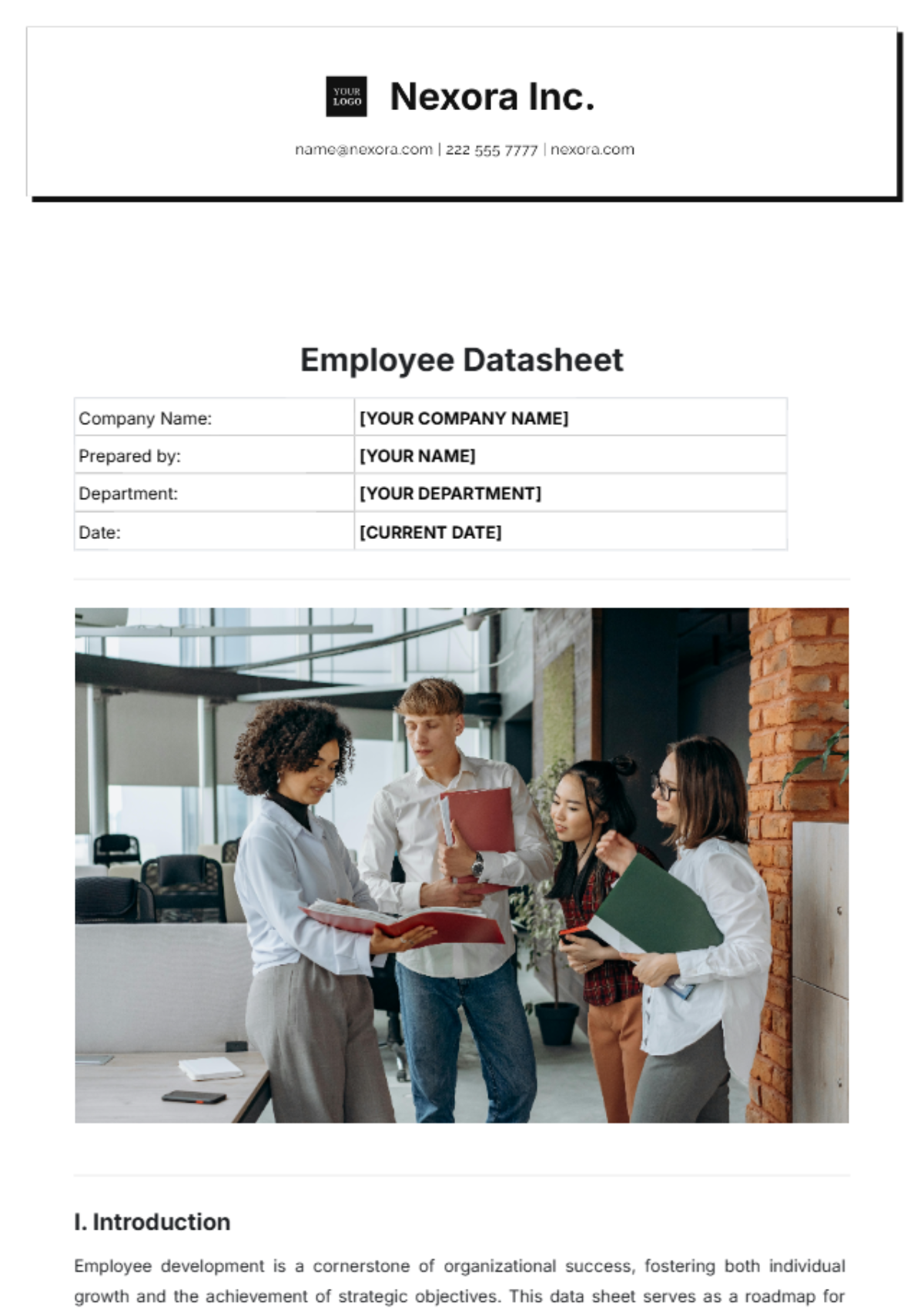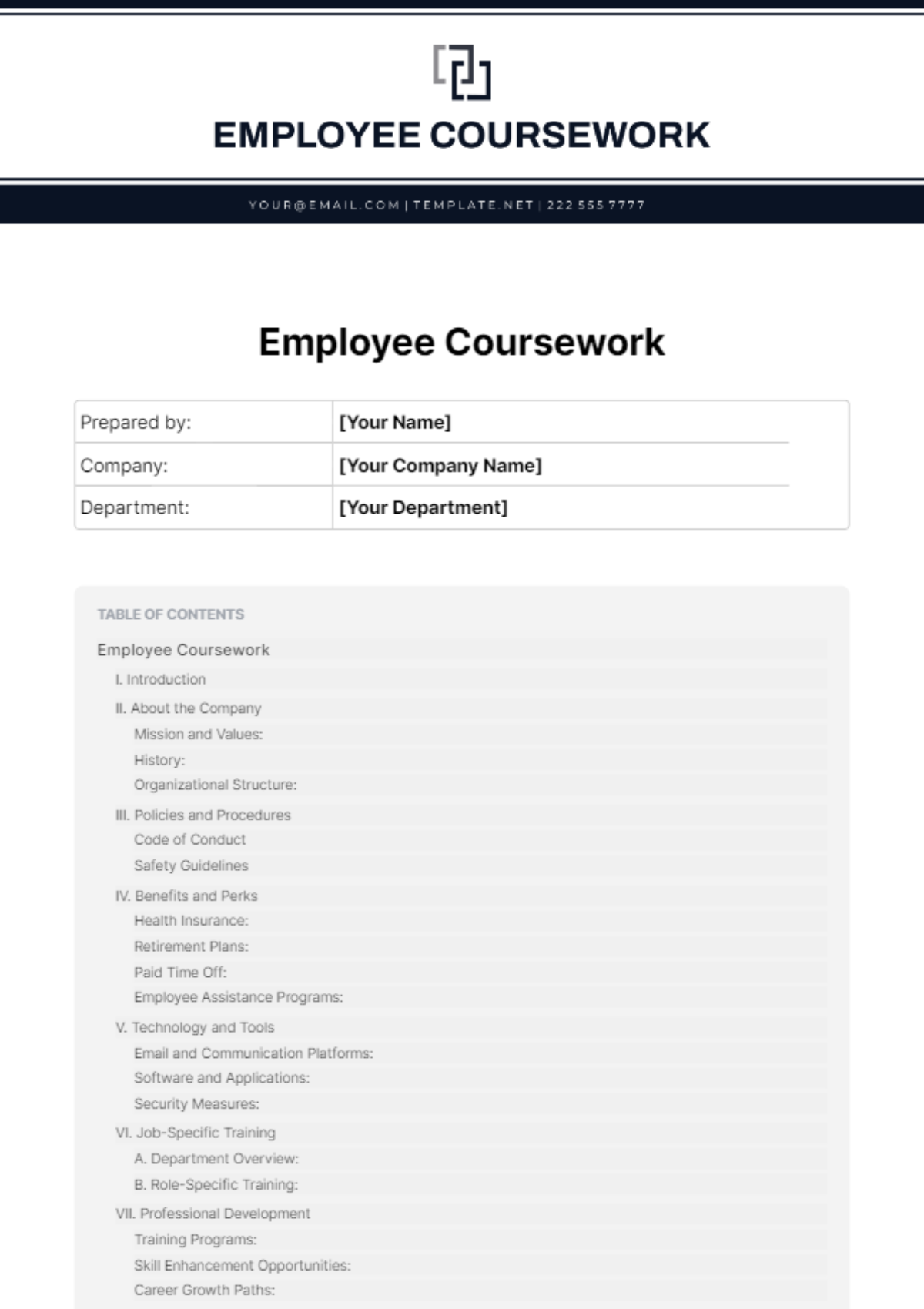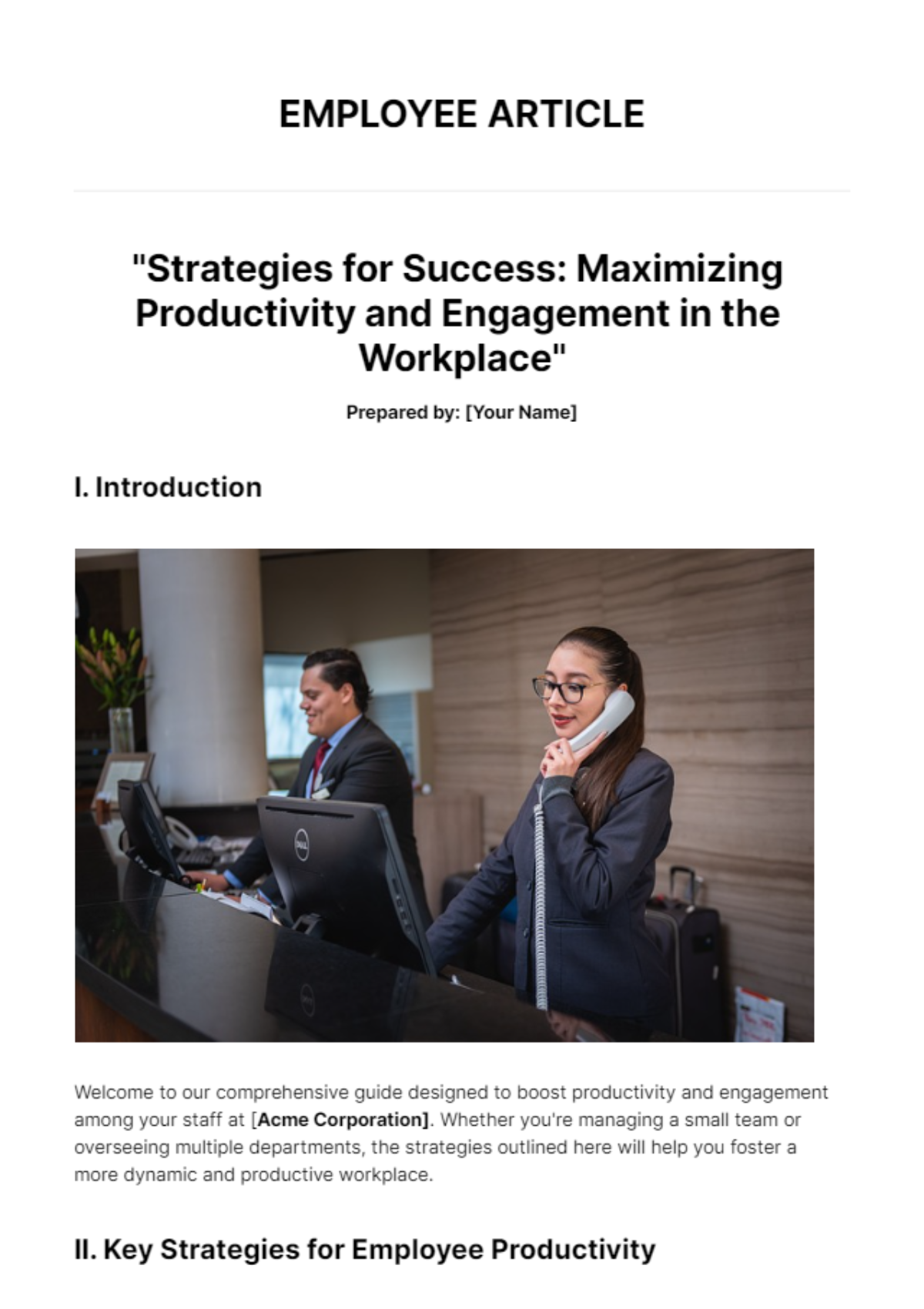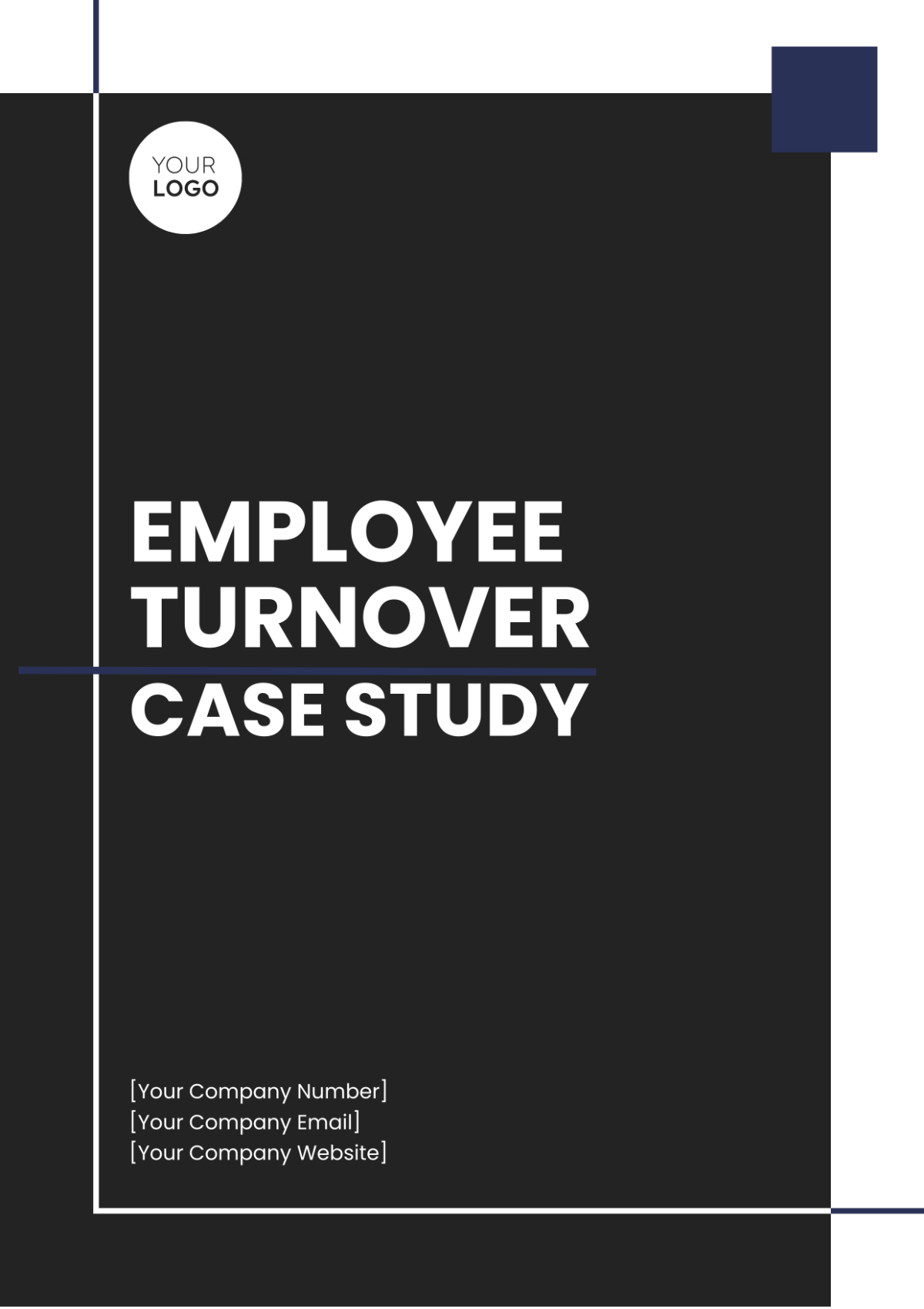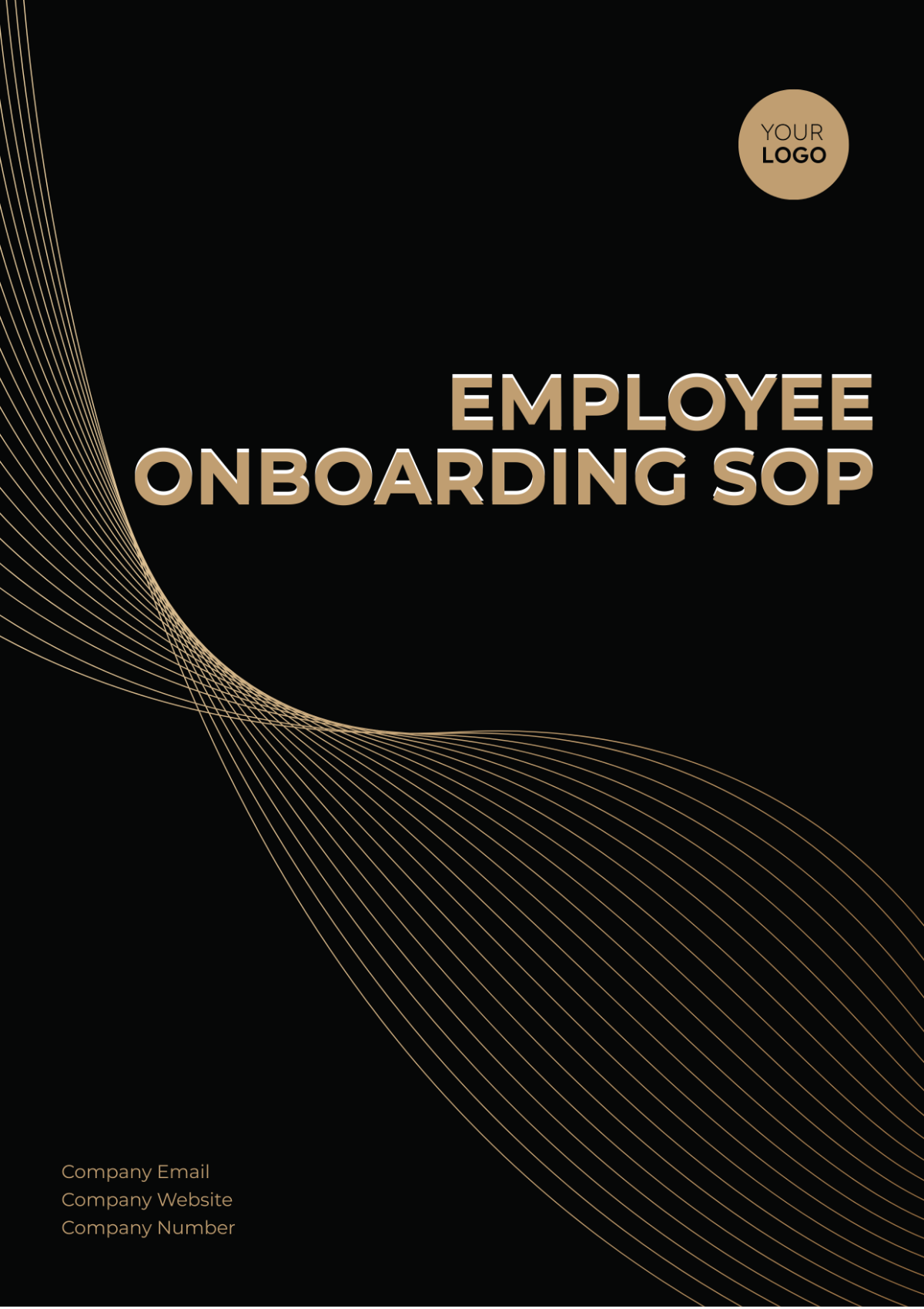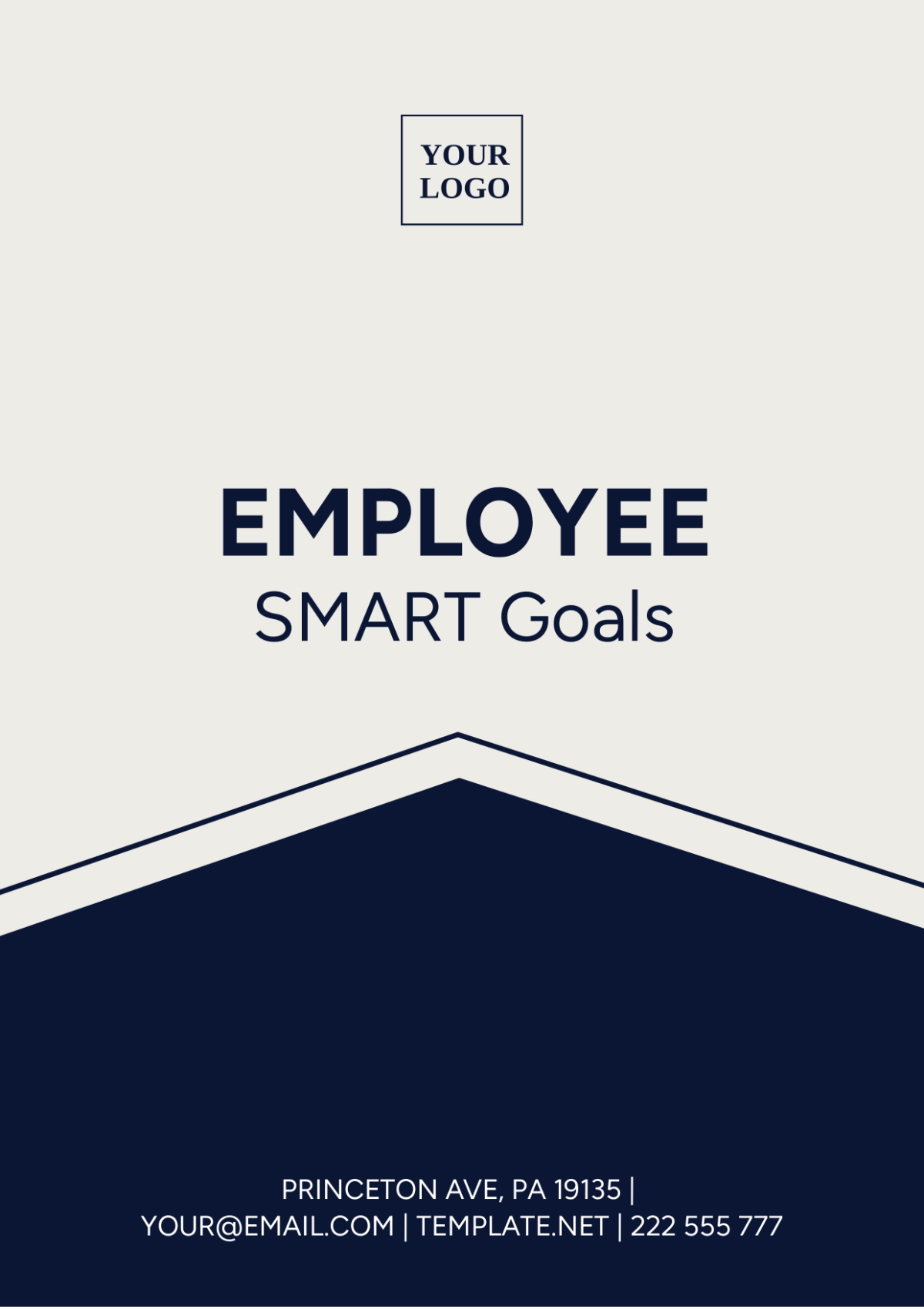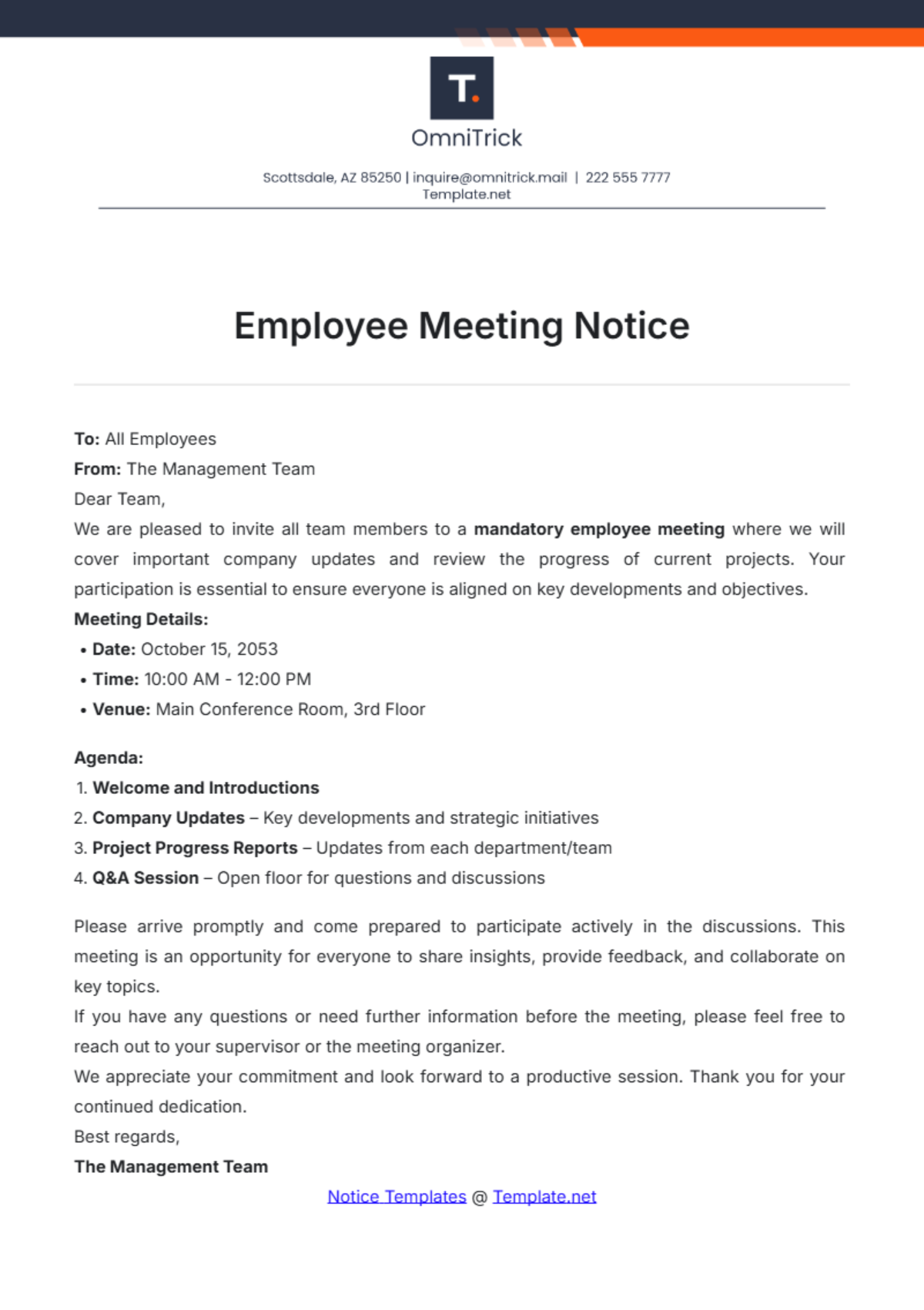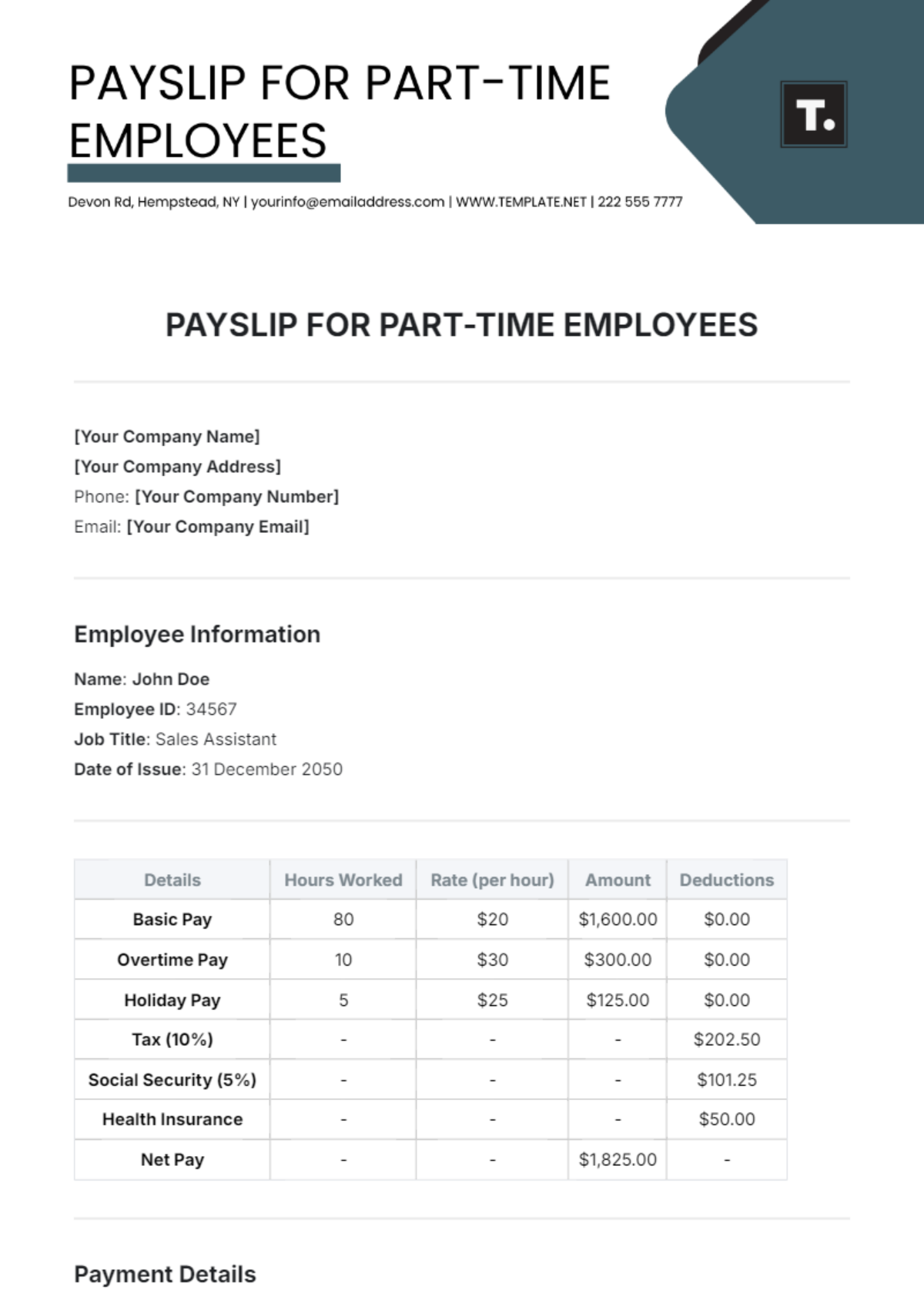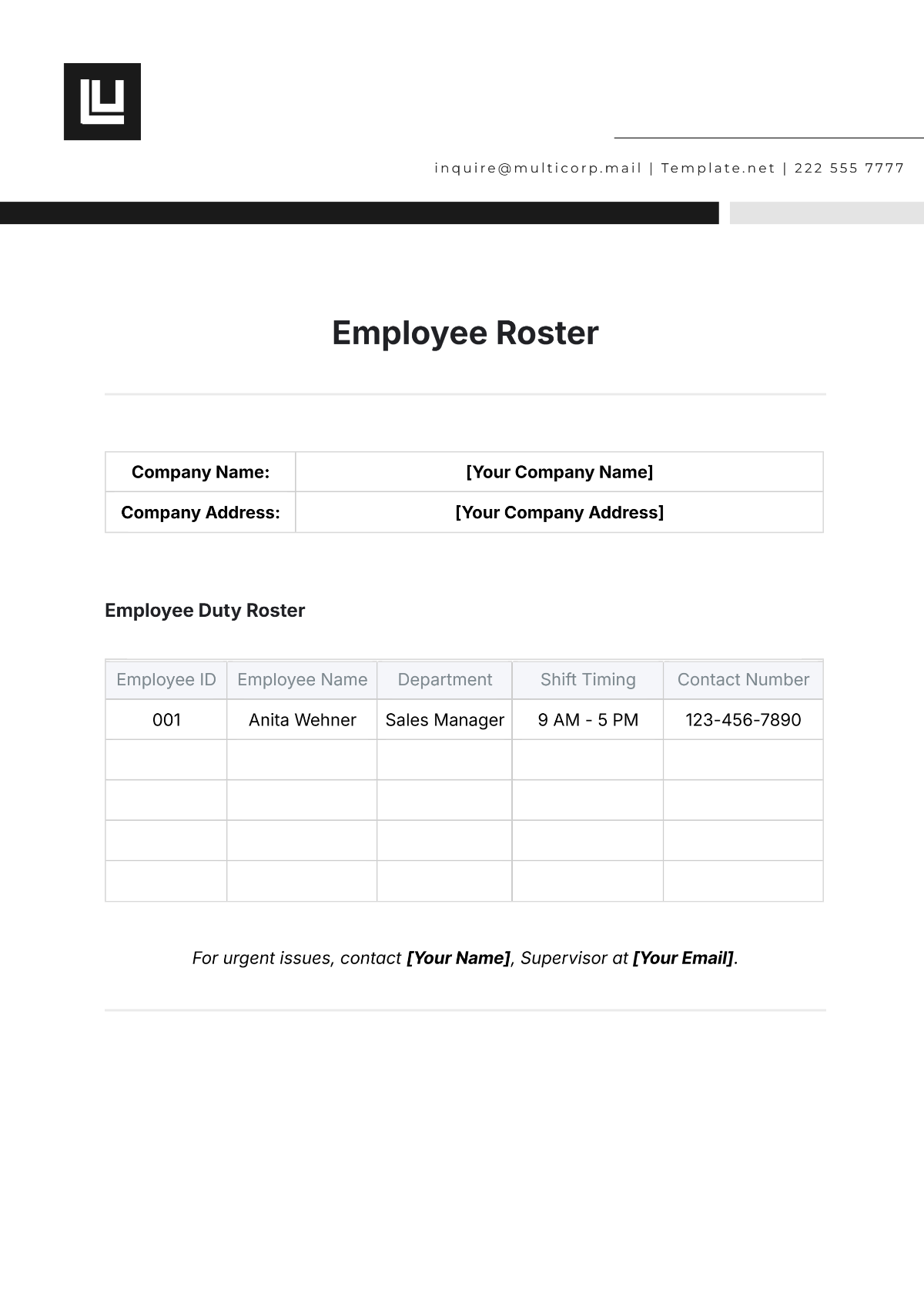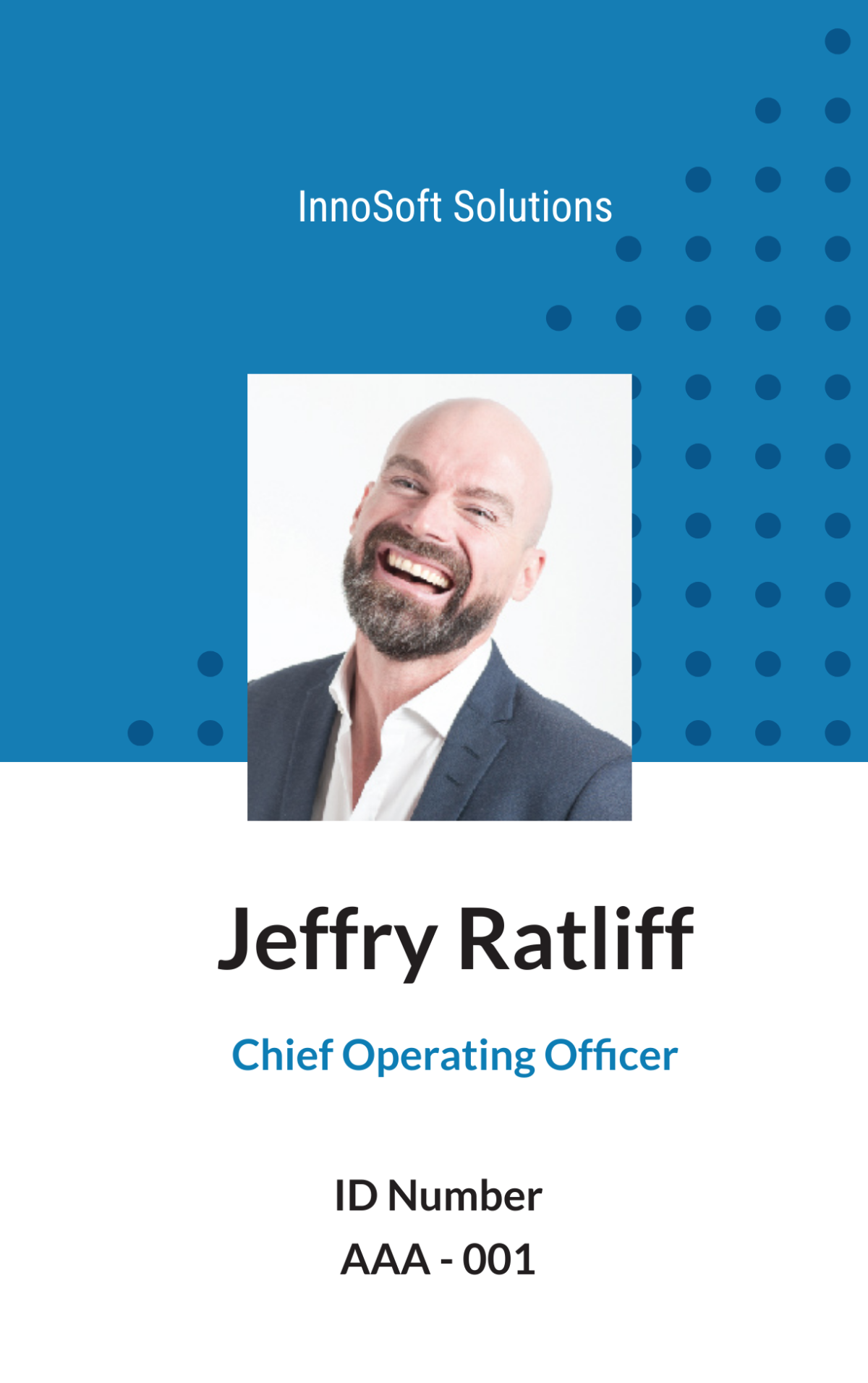Operations Employee Development Case Study
I. Introduction
The caliber and efficiency of an organization's operations department play a crucial role in determining its overall success and competitiveness. It has been empirically established that achieving and maintaining operational excellence necessitates a focused and ongoing commitment to employee development. This case study provides an in-depth analysis of how [Your Company Name] has successfully implemented an Operations Employee Development program, highlighting its strategic approach to enhancing employee skills, driving innovation, and fostering a culture of continuous improvement. By examining the program's development, execution, and outcomes, this study offers valuable insights into the significant impact that comprehensive employee development has on enhancing organizational performance, efficiency, and sustainability.
II. Background Study
Established in [Year], [Your Company Name] set forth with a primary goal of safeguarding operational efficiency, recognizing early on the critical role of employee development in achieving this objective. The development of a comprehensive Operations Employee Development program demanded an amalgamation of in-depth research, strategic planning, and seamless execution. This segment of our case study explores the foundational steps taken by [Your Company Name] to construct a development program that not only meets but exceeds the evolving needs of its operations department.
A. Initial Research and Needs Analysis
The journey began with a thorough investigation into the current competencies and skill gaps within the operations team. By leveraging industry benchmarks and conducting internal assessments, [Your Company Name] identified key areas where development could significantly impact performance and efficiency. This foundational research was instrumental in tailoring the program to address specific operational challenges and opportunities for growth.
Key Area | Current Competency Level | Industry Benchmark | Identified Gap | Development Focus |
|---|---|---|---|---|
Leadership Skills | Intermediate | Advanced | -1 | Advanced Leadership Training |
Emotional Intelligence | Basic | Intermediate | -1 | Emotional Intelligence Workshops |
Operations Management | Advanced | Advanced | 0 | Continuous Learning Modules |
Change Management | Intermediate | Advanced | -1 | Change Management Certification |
Technical Skills | Advanced | Advanced | 0 | Up-to-date Technology Training |
The table highlights critical areas where employee development is necessary, particularly in leadership skills, emotional intelligence, and change management, to meet or exceed industry benchmarks.
B. Strategic Program Design
Armed with data and insights from the initial research phase, the next step involved the strategic design of the Operations Employee Development program. This process entailed selecting the most relevant and cutting-edge methodologies in operations management, leadership, and emotional intelligence, ensuring that the program was not only comprehensive but also aligned with the latest trends and best practices in the field.
Module | Methodology | Duration | Target Competency | Expected Outcome |
|---|---|---|---|---|
Leadership Development | Case Studies, Role-playing | 6 Weeks | Leadership Skills | Enhance decision-making and team management |
Emotional Intelligence | Interactive Workshops, Peer Feedback | 4 Weeks | Emotional Intelligence | Improve interpersonal skills and self-awareness |
Change Management | Certification Course, Practical Exercises | 8 Weeks | Change Management | Equip with skills to manage and lead change |
Technical Skill Upgradation | Online Courses, Hands-on Training | Continuous | Technical Skills | Keep abreast with latest technologies and practices |
Continuous Operations Management Learning | Monthly Seminars, Annual Retreats | Ongoing | Operations Management | Foster a culture of continuous improvement and innovation |
This design framework ensures a targeted approach towards enhancing specific competencies with clearly defined methodologies, durations, and expected outcomes for each module.
C. Efficient Implementation and Continuous Improvement
The rollout of the program was meticulously planned to ensure maximum engagement and minimal disruption to daily operations. [Your Company Name] adopted a phased approach, allowing for the incremental implementation of training modules and the integration of feedback for continuous improvement. This dynamic execution strategy was pivotal in maintaining the program's relevance and effectiveness in the face of an ever-changing business landscape.
Phase | Activities | Timeline | Feedback Mechanism | Adjustment Strategy |
|---|---|---|---|---|
Launch | Introductory Workshop, Module 1 Start | Month 1-2 | Surveys, Focus Groups | Module Content Adjustment Based on Feedback |
Mid-Program | Module 2 and 3 Implementation | Month 3-6 | Quarterly Reviews | Adapt Teaching Methods and Materials |
Advanced Stages | Module 4 and Continuous Learning Start | Month 7+ | Biannual Assessments | Program Expansion or Refinement |
Continuous Improvement | Ongoing Feedback Collection, Annual Program Review | Continuous | Annual Surveys, Performance Metrics | Program Update Based on Industry Trends and Feedback |
A phased implementation plan with integrated feedback mechanisms ensures the program remains dynamic, engaging, and aligned with both employee needs and organizational goals. Regular assessments and adjustments based on feedback and performance metrics facilitate continuous improvement and ensure the program's long-term relevance and effectiveness.
III. Program Development and Implementation
Initiated in [Year], this forward-thinking program was meticulously designed to address the evolving needs of the operations department, focusing on cutting-edge practices in operations management, leadership, change management, and emotional intelligence. By embedding continuous improvement mechanisms, the program ensures perpetual relevance and effectiveness, equipping employees with the skills necessary to excel in a constantly changing business environment.
A. Needs Analysis and Program Design
The first phase involved a comprehensive needs analysis to pinpoint the specific areas where development could yield the most significant impact on operational efficiency and employee performance. Utilizing a blend of industry benchmarks and internal assessments, [Your Company Name] crafted a curriculum that incorporates modern techniques and methodologies. The program design emphasized practical applications, critical thinking, and adaptive leadership to prepare the workforce for the complexities of modern operations management.
Aspect | Analysis | Program Design |
|---|---|---|
Skill Gaps | Identified through employee surveys, performance reviews, and comparison with industry benchmarks. | Modules focused on bridging these gaps with targeted training in operational techniques and leadership. |
Industry Benchmarks | Utilized to set standards for operational efficiency and employee competencies. | Designed to exceed these benchmarks through advanced training methodologies. |
Employee Feedback | Gathered via surveys and interviews to understand employee aspirations and areas for improvement. | Incorporated into the program to ensure alignment with employee growth and organizational goals. |
B. Curriculum Development and Content Integration
Following the needs analysis, the development of the curriculum focused on integrating contemporary content that covers a broad spectrum of skills, from technical know-how in operations management to soft skills like emotional intelligence and leadership. Each module was developed to foster a deep understanding of the subjects, ensuring that employees not only acquire knowledge but also develop the ability to apply these insights effectively in their roles. The curriculum was structured to encourage active participation and real-world application, making learning both engaging and impactful.
Module | Content Overview | Learning Outcomes |
|---|---|---|
Operations Management | Covers the latest in lean management, process improvement, and quality control. | Participants will learn to streamline operations, enhancing efficiency and productivity. |
Leadership and Change Management | Explores transformative leadership styles, emotional intelligence, and strategies for managing change. | Equips employees with the skills to lead effectively and navigate organizational changes. |
Emotional Intelligence | Focuses on self-awareness, self-regulation, motivation, empathy, and social skills. | Aims to improve interpersonal interactions and decision-making capabilities. |
C. Implementation and Continuous Evaluation
The rollout of the program was strategically phased to ensure a smooth transition and maximum participation from employees. [Your Company Name] utilized a variety of delivery methods, including workshops, e-learning modules, and hands-on projects, to cater to diverse learning preferences and schedules. Regular feedback sessions and performance evaluations were integrated into the program, allowing for timely adjustments and updates to the curriculum. This approach of continuous evaluation and improvement ensures that the program remains at the forefront of industry standards and best practices, contributing to sustained organizational growth and development.
Phase | Implementation Strategy | Evaluation and Feedback |
|---|---|---|
Launch | Rolled out through a mix of in-person workshops, online modules, and interactive sessions. | Initial feedback collected through surveys and direct observations to gauge engagement and comprehension. |
Ongoing Development | Includes regular updates to content based on industry trends and employee feedback. | Continuous assessment through performance metrics and regular review meetings to identify areas for improvement. |
Continuous Improvement | Incorporates feedback loops for real-time adjustments and updates to training modules. | Employs a systematic approach to refine and enhance the program, ensuring it remains relevant and effective. |
IV. Key Results and Impact
[Your Company Name]'s strategic investment in its Operations Employee Development program has yielded remarkable results, reshaping the company's trajectory within just five years of its inception. The program has not only significantly enhanced operational efficiency and reduced costs but also positively impacted employee morale and the company's financial health. This section delves into the tangible outcomes of this initiative, underscoring its pivotal role in [Your Company Name]'s sustained growth and market expansion.
A. Operational Efficiency and Cost Reduction
Metric | Baseline (Pre-implementation) | Year 5 (Post-implementation) | Change |
|---|---|---|---|
Operational Efficiency | 100% (Benchmark) | 145% | +45% |
Operational Costs | $X million | $0.7X million | -30% |
The program led to a remarkable 45% increase in operational efficiency, alongside a significant 30% reduction in operational costs. These improvements were achieved through streamlined processes, enhanced workforce productivity, and the elimination of inefficiencies.
B. Employee Turnover and Satisfaction
Metric | Baseline (Pre-implementation) | Year 5 (Post-implementation) | Change |
|---|---|---|---|
Employee Turnover Rate | X% | 0.76X% | -24% |
Employee Satisfaction Score | Y (out of 100) | Z (out of 100) | Increase |
A notable decrease in employee turnover by 24% reflects the program's success in fostering a more engaging and satisfying work environment. Concurrently, employee satisfaction scores saw a substantial uplift, demonstrating the program's positive impact on workforce morale and engagement.
C. Profit Margins and Expansion
Metric | [Year] | [Year+5] | Change |
|---|---|---|---|
Profit Margins | P% | 1.35P% | +35% |
Number of Branches | B | B+n | +n Branches |
Profit margins experienced a robust 35% increase, enabling [Your Company Name] to expand its footprint by opening new branches across the region. This expansion not only signifies the company's financial health but also its growing influence and reach in the market.
The Operations Employee Development program at [Your Company Name] stands as a testament to the profound impact of strategic employee development on organizational success. By investing in its people, the company has not only achieved remarkable gains in efficiency, cost savings, and profitability but has also cultivated a more motivated and satisfied workforce, laying a solid foundation for future growth and innovation.
V. Conclusion
The comprehensive analysis undertaken in the "Operations Employee Development Case Study" at [Your Company Name] elucidates a compelling correlation between systematic employee development initiatives and enhanced operational performance. This case study not only underscores the indispensable role of continuous learning and development in driving operational efficiency but also in fostering a culture of innovation and adaptability within the organization. The significant improvements in operational efficiency, cost reduction, employee satisfaction, and overall profitability underscore the profound impact of investing in human capital on achieving sustainable organizational growth.
Moreover, the strategic approach adopted by [Your Company Name]—from the meticulous needs analysis and program design to the dynamic implementation and ongoing evaluation—offers a replicable model for similar entities striving towards operational excellence. The success metrics presented, characterized by substantial gains in efficiency, financial performance, and employee engagement, serve as a testament to the value of integrating employee development into the core strategic objectives of an organization.
In a broader context, this case study contributes to the expanding discourse on the strategic importance of human resource development in operational management. It challenges organizations to rethink traditional approaches to employee training and development, advocating for a more integrated, continuous learning framework that aligns with the evolving demands of the global business environment. For organizations looking to navigate the complexities of the 21st-century marketplace, the insights from [Your Company Name]'s experience offer a valuable blueprint for leveraging human capital as a catalyst for sustainable competitive advantage and organizational resilience.
VI. References
Aguinis, H., & Kraiger, K. (2009). Benefits of training and development for individuals and teams, organizations, and society. Annual review of psychology, 60, 451-474.
Drucker, P. (1985). Innovation and entrepreneurship. Harper & Row.
Pfeffer, J., & Veiga, J. F. (1999). Putting people first for organizational success. Academy of Management Perspectives, 13(2), 37-48.
Schneider, B., Ehrhart, M. G., & Macey, W. H. (2013). Organizational climate and culture. Annual review of psychology, 64, 361-388.
